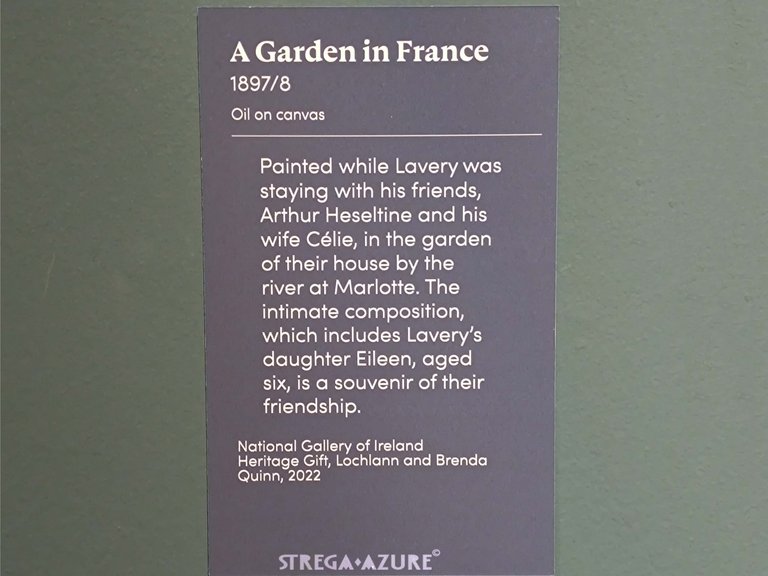
Tastes are not to be discussed. And they change.
I know this fact from autopsy. When I was a teenager - almost every kind of creative work, from the Lascaux cave paintings to the Cubists to the Bauhaus - captivated me. You could say that as a youngster I had no taste at all. I just absorbed whatever came along. Every book had to be devoured immediately. And this didn't just apply to books with reproductions - poetry, drama or prose, it didn't matter. Just wanted more! When I was finishing primary school, one of my favourite publishers ‘Taschen’ started promoting collections of ‘great masters of painting’. Every fortnight, thin, softcover books dedicated to one artist arrived. In addition to good quality reproductions, there were titbits about the artist and an extensive biographical note.

I read these booklets from cover to cover, every day, until the next parcel, with new album arrived, and I could delve into the next biography. Leonardo da Vinci, M. Caravaggio, S. Botticelli, Titian, P. Picasso, V. van Gogh, M. C. Esher, g. Klimt, F. Goya, E. Hopper, O. Boznanska, M. Chagall, J. Vermeer, F. Kahlo, H. Bosch, P. Bruegel, A. Mucha, HG Giger, Z. Beksinski, E. Schiele, F. Bacon, J. Matejko, S. Dali, E. Degas, A. Renoir, C. Monet...and so on - and so book after book I delved into the mad adventures of these restless souls.

My interest in painting and art in general grew with each new album, but it began to form and move in a particular direction. I quickly abandoned the Impressionists for the Expressionists. I was bored with the Academists and attracted to the Cubists. Old art started to become even more distant. Classical painting simply bored me. Modern art, led by Surrealism, became my mantra and joy. Searching for ‘techniques of my own’, using paint in the strangest possible ways or mixing styles - it seemed to me the only ‘proper way’ to experience art.

But then I got to university, and I began to understand why there was so much love for classical art in artists and art-enthusiast. To mix a paint colour so perfectly that it reflects the colour of the object/body you are painting - is infinitely satisfying. Layering blue and yellow flecks close together to see the green from a distance. With one long brushstroke, mark the outline of the figure. Turning a diluted remnant of Prussian Blue into a sky full of clouds by turning the broad brush several times over the canvas.
The joy of searching for the familiar. Simple does not always mean banal. The everyday does not have to be monotonous!

Today I have for you images of Sir John Lavery's solo exhibition. For one more month you can see his work in such excellent numbers at the Ulster Museum in Belfast. I invite you to come along most warmly as there is much to see. Lavery's paintings are mainly impressionism. I won't tire you with his biography, but if you are interested in knowing a bit more about this artist - here is a very good website with his bio and artwork.
I do, however, have some interesting facts from his life for you:
-He taught Churchhill how to paint(!!)
-His first creative job was retouching photographs (adding colour to black & white)
-Lavery was part of ‘The Glasgow Boys’(The Glasgow Boys were a loose group of young artists that represented the beginnings of modernism in Scottish painting. In the early 1880s)
-He studied in his craft in Paris
-Towards the end of his life he was given the Freemason of the city award in both Belfast and Dublin

I wish you lovely week!
Yours,
Strega Azure
| sources: |
|---|
| Sir John Lavery in Ulster Museum |
| John Lavery - bio |

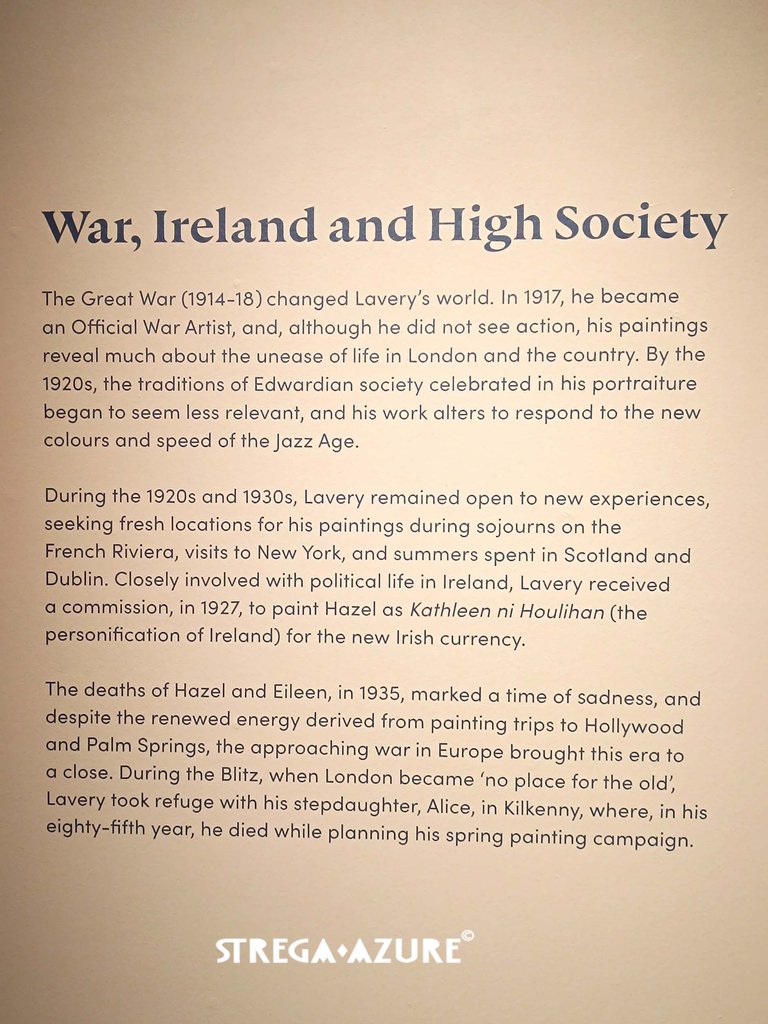

A Grey Summer's Day, Grez, 1883, oil on canvas private collection
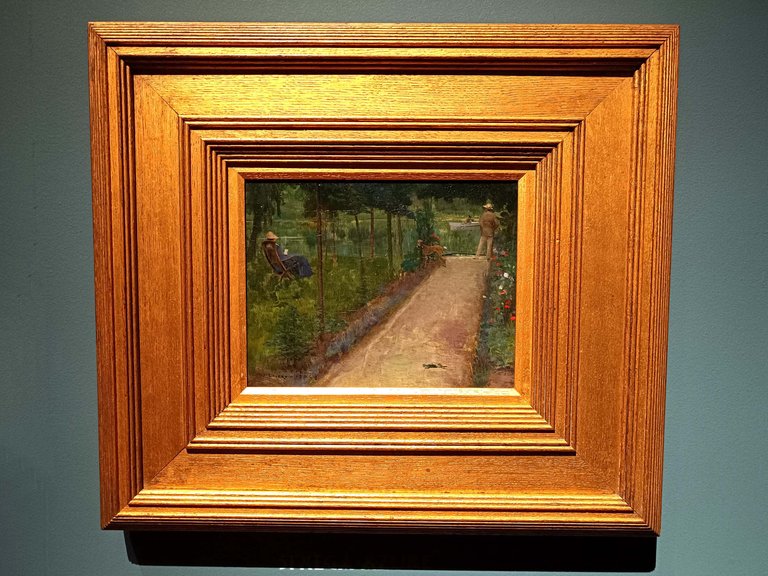
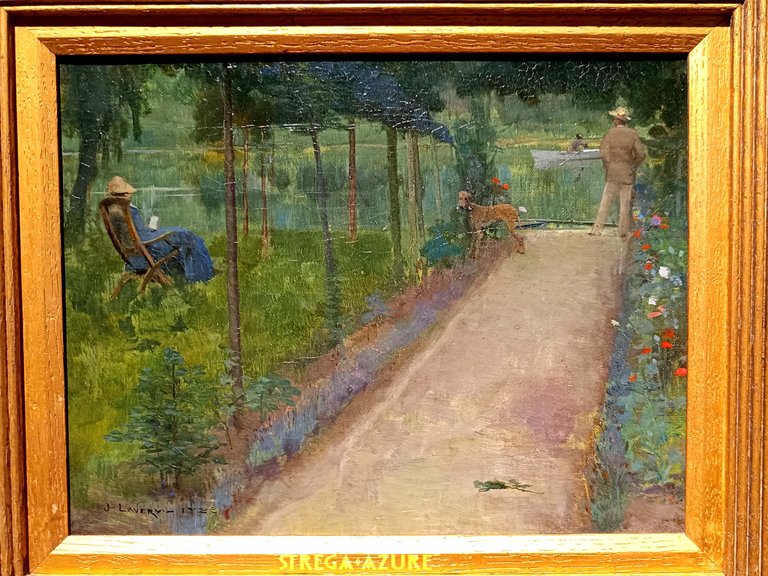
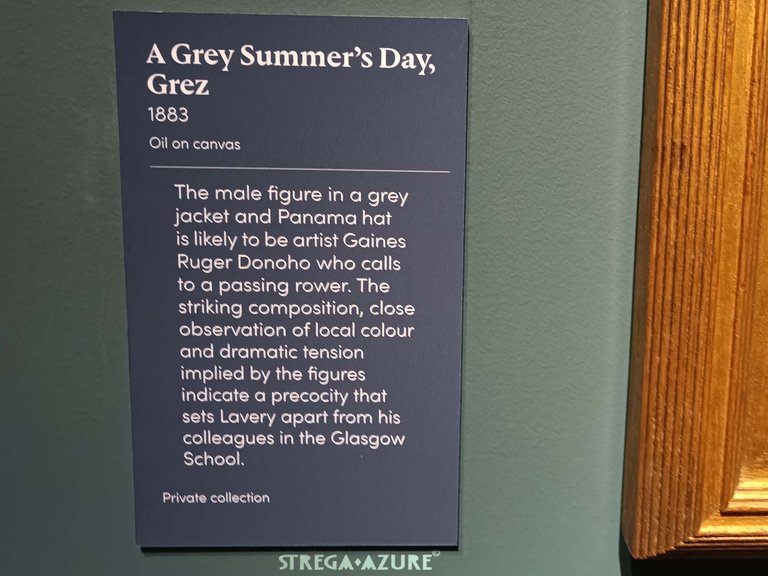

The Return of Goats, Fontainebleau, 1884, oil on canvas, National Gallery of Ireland
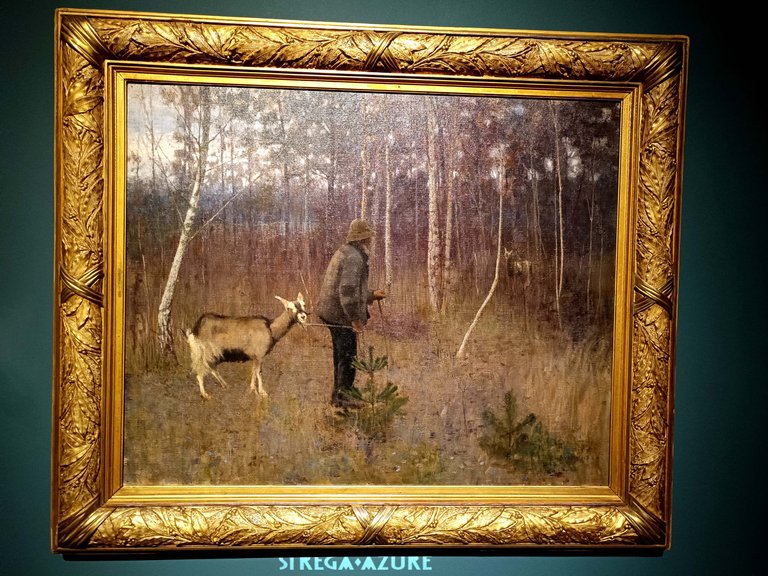
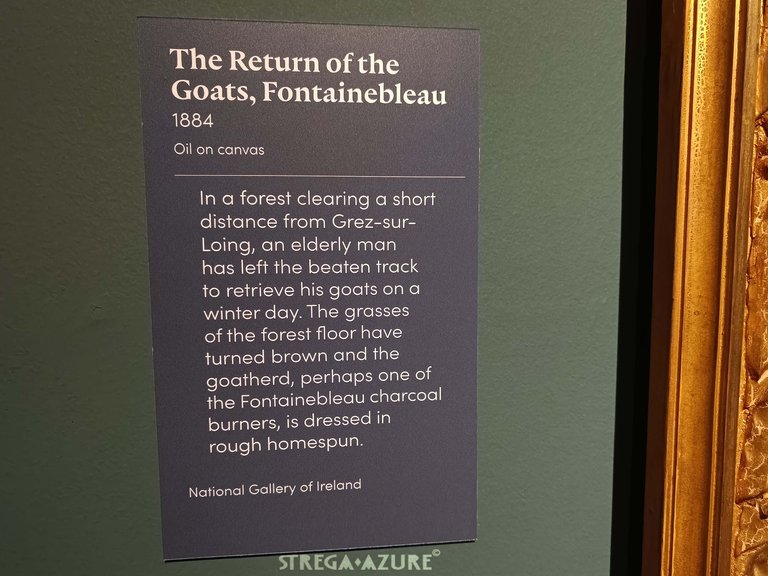

The Intruders, 1885, oil on canvas
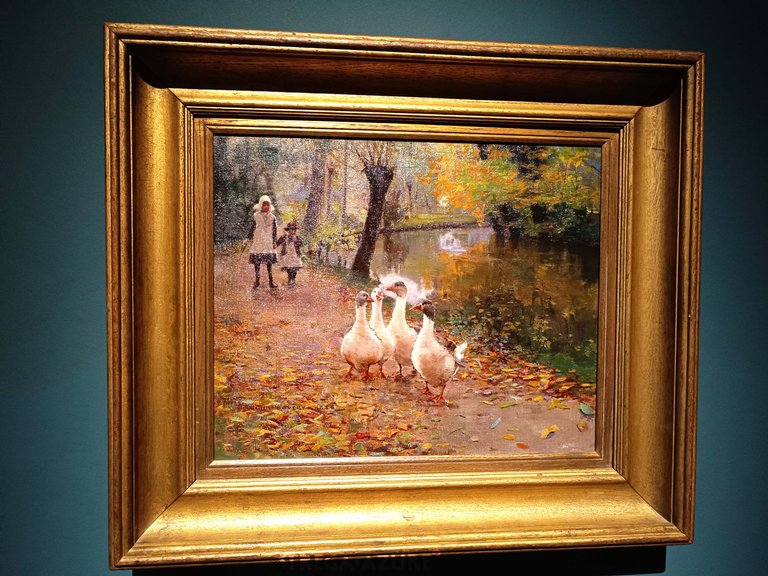
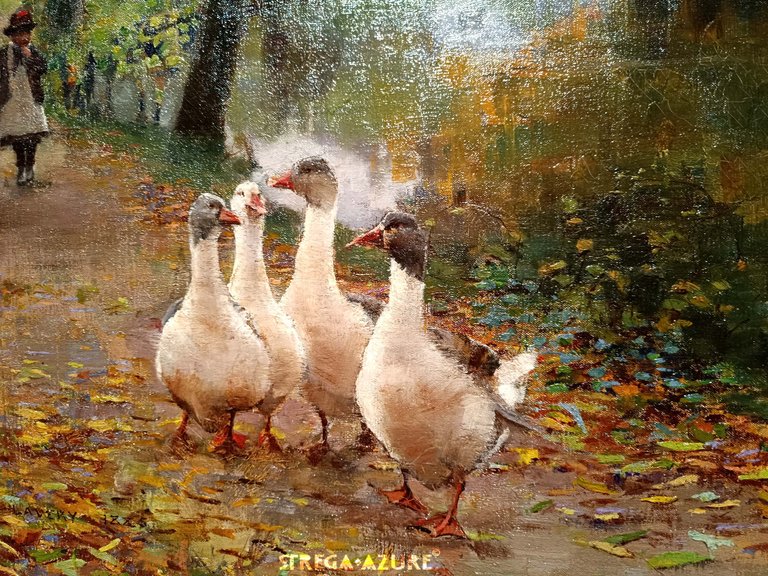
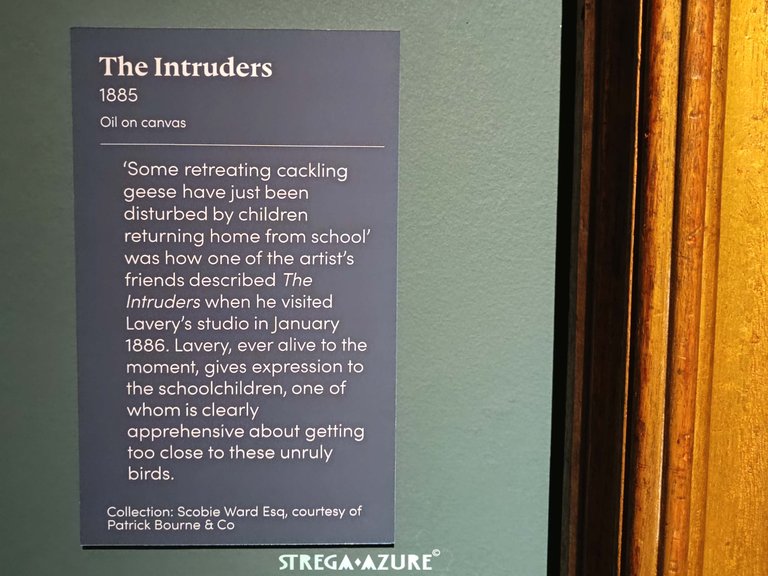

Dawn after the Battle of Langside, 14 May 1568, 1886 - 88, oil on canvas, private collection
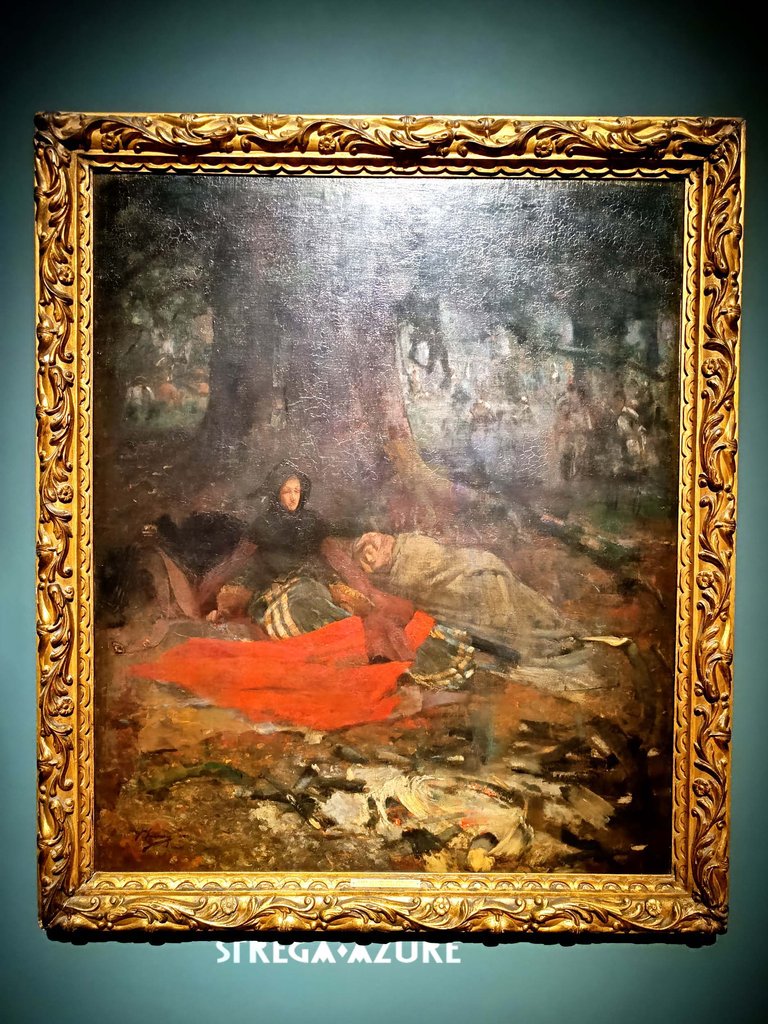
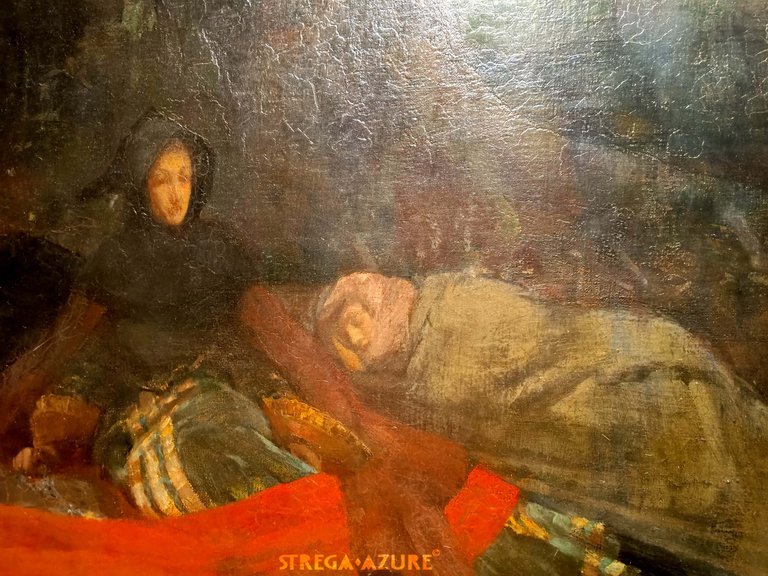


On the Bridge at Grez, 1884, oil on canvas, National Gallery of Ireland
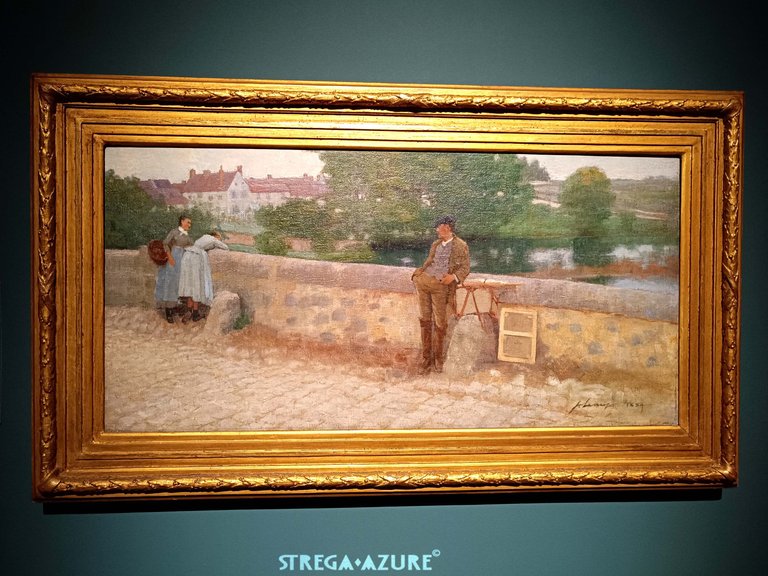
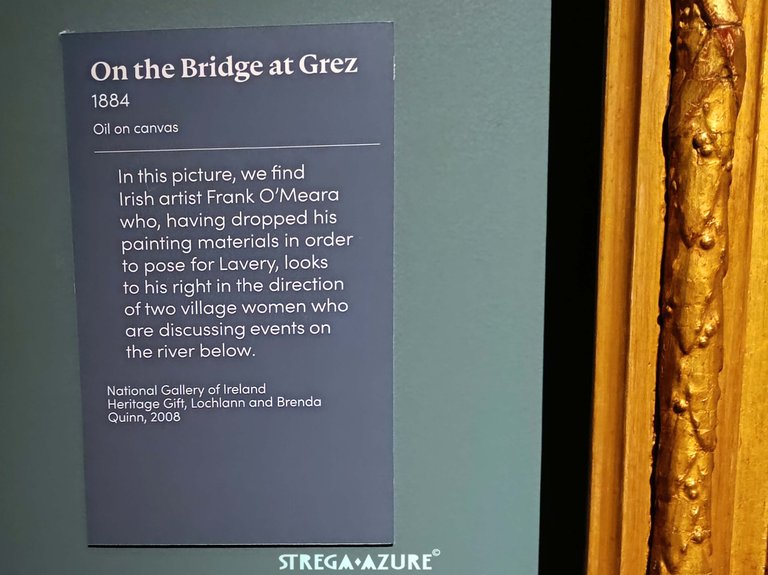

Played!!, 1885, oil on panel, private collection
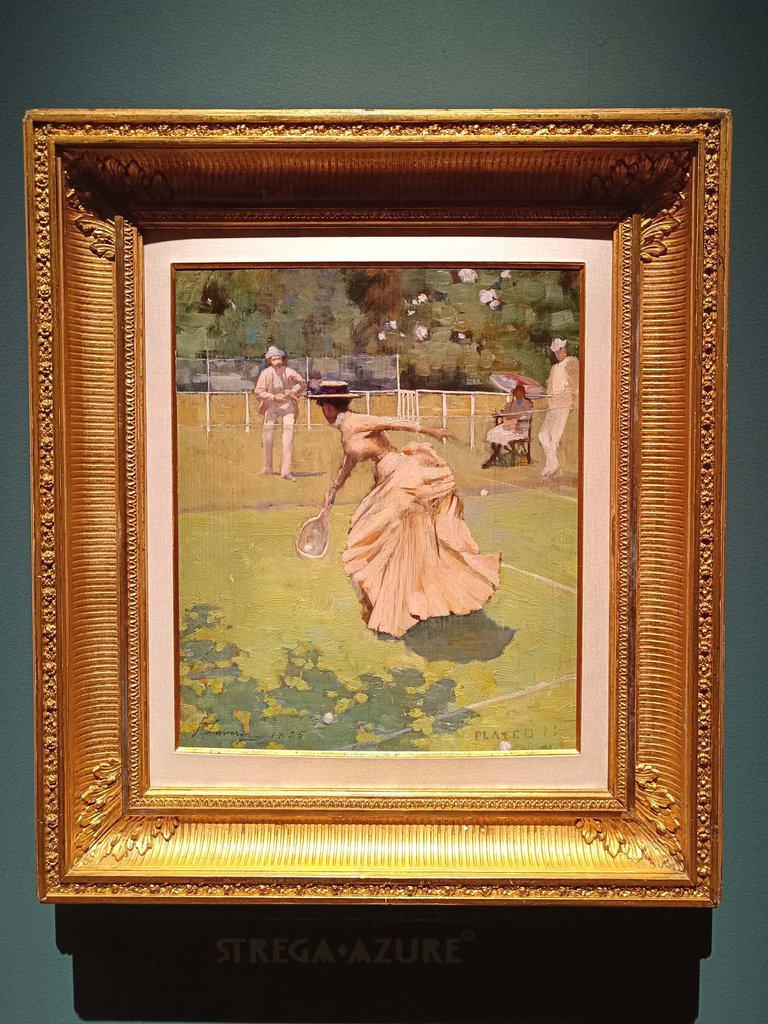
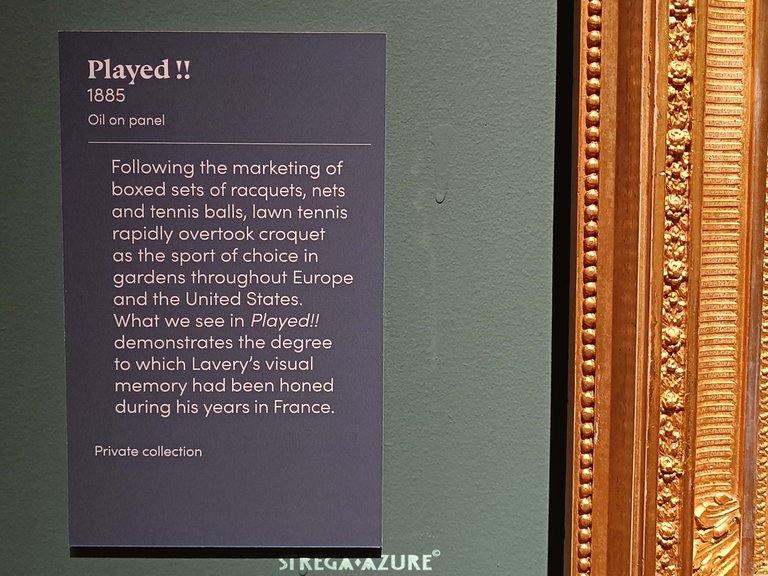

Tennis Match, 1885, oil on canvas, private collection
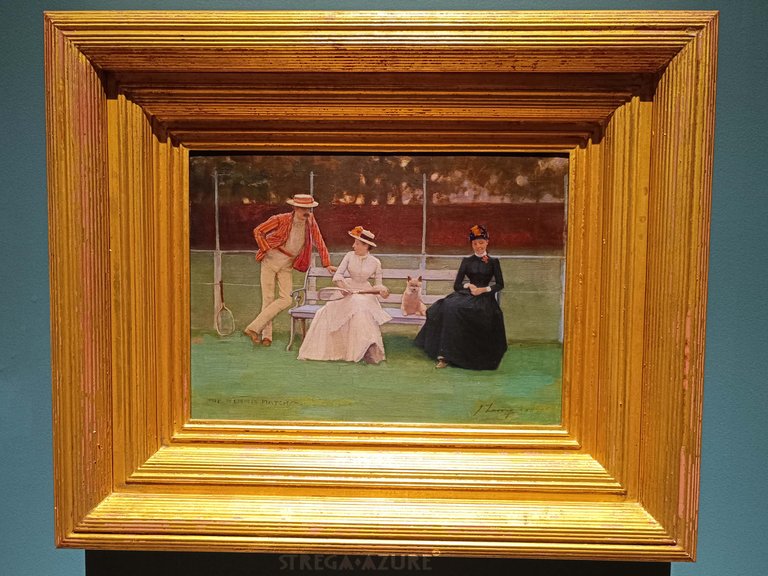
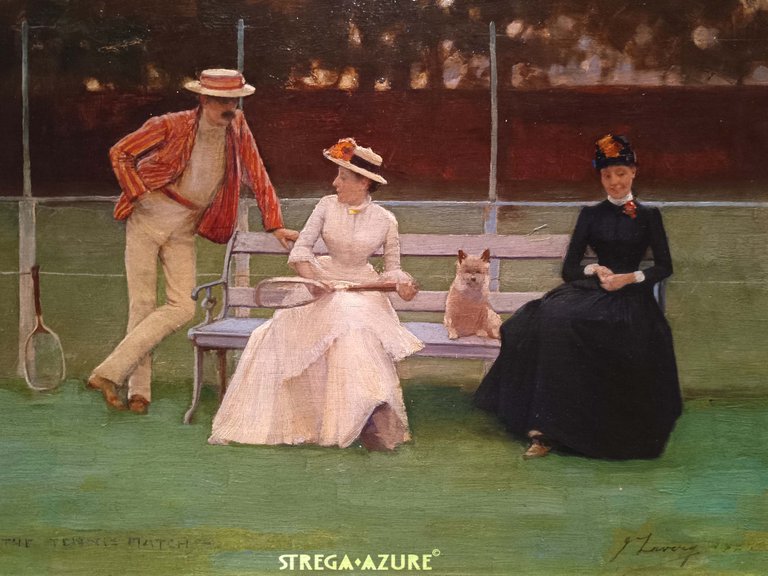
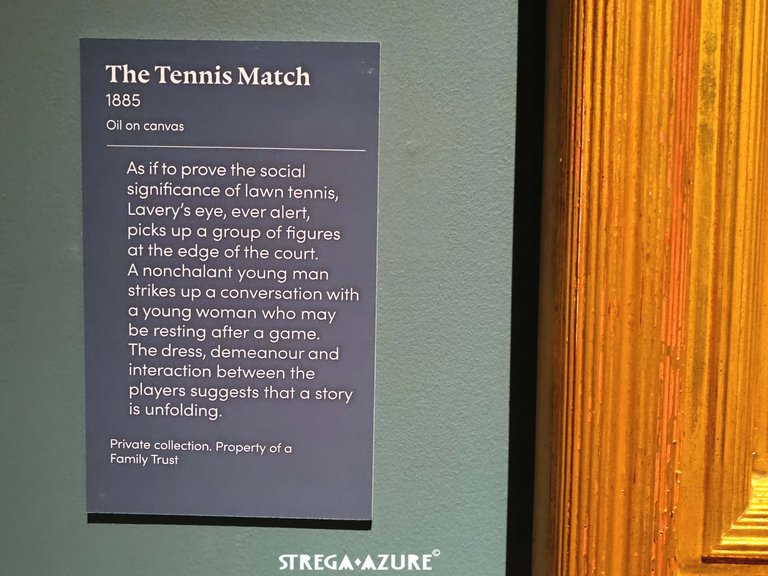

On the Loing; An Afternoon Chat(Under the Cherry Tree), 1884, oil on canvas, Ulster Museum, National Museums NI
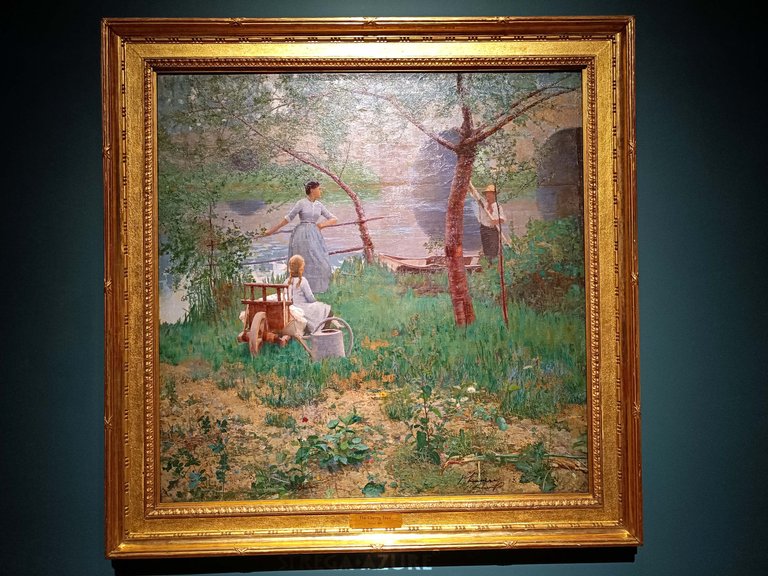
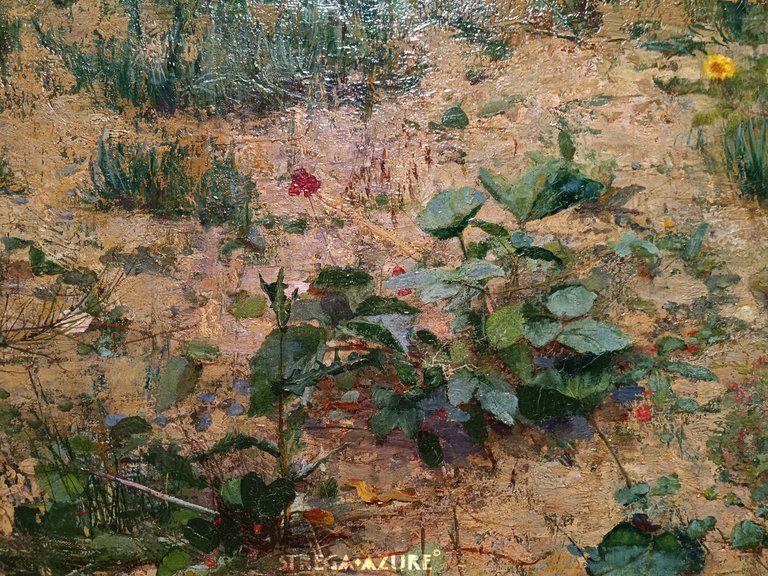
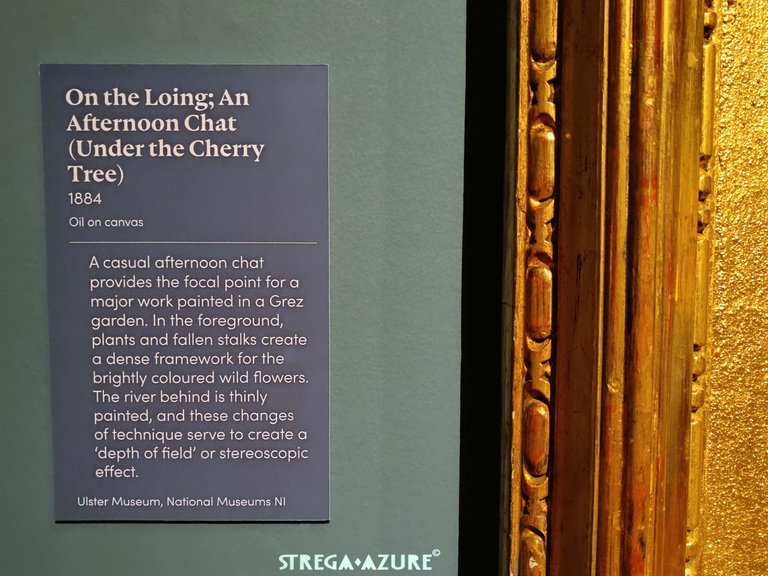

The Cigar Seller at the Glasgow Exhibition, 1888, oil on canvas, Collection Scobie Ward Esq
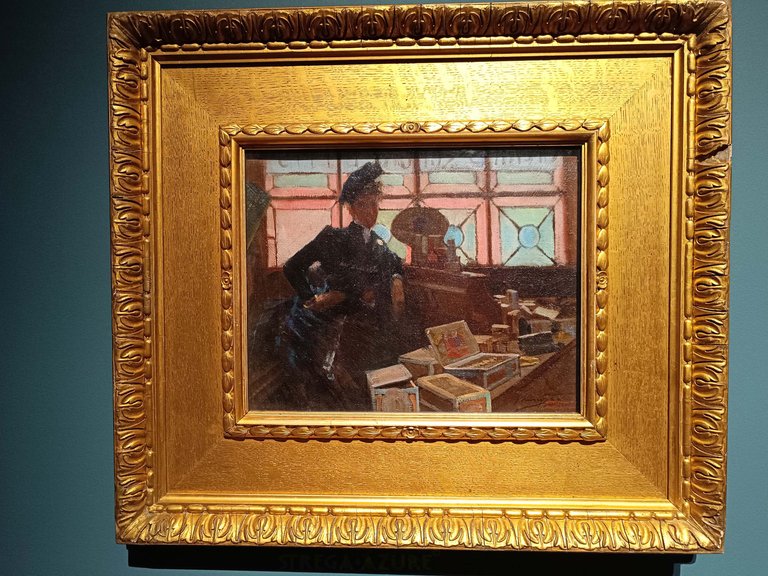
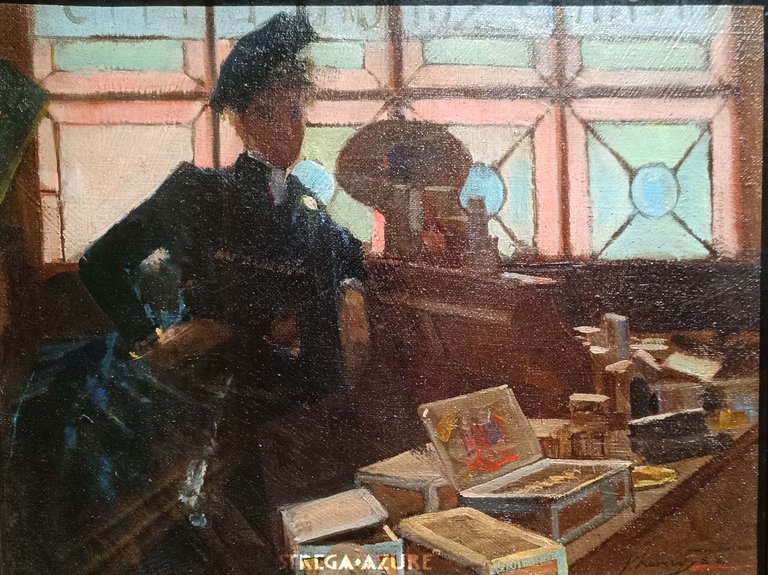
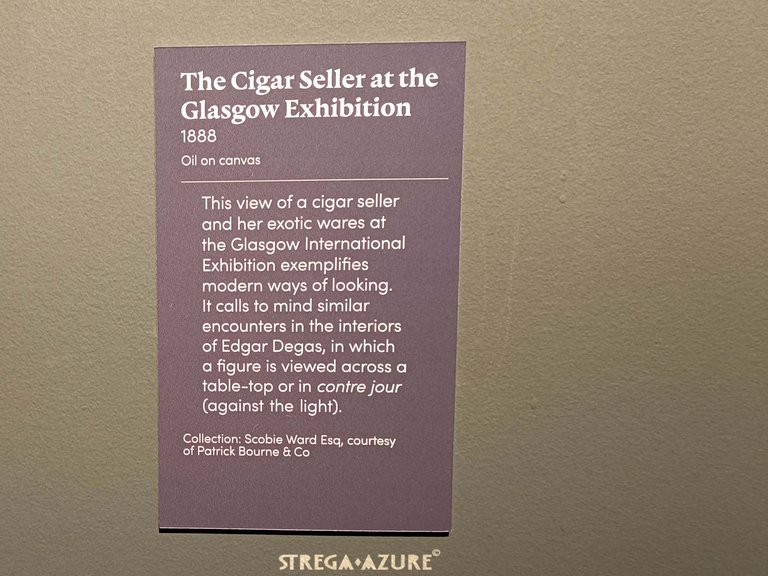

The Indian Waiter, 1888, oil on canvas, Collection Scobie Ward Esq
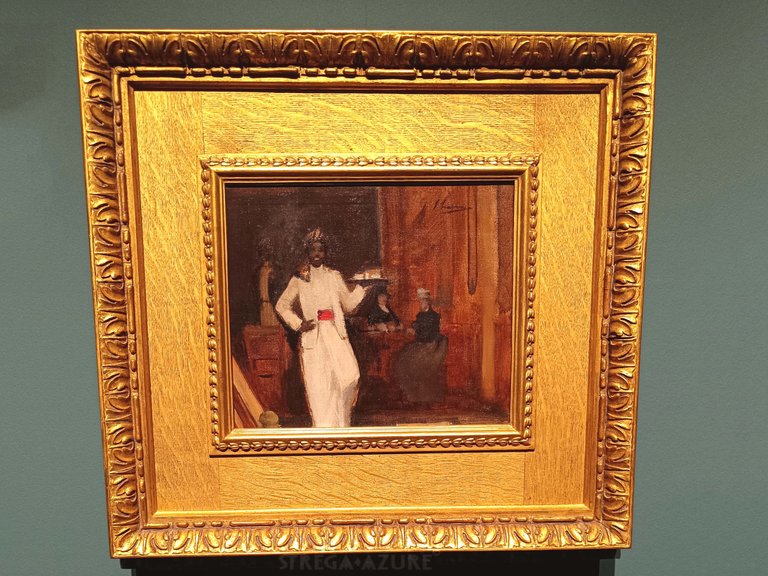
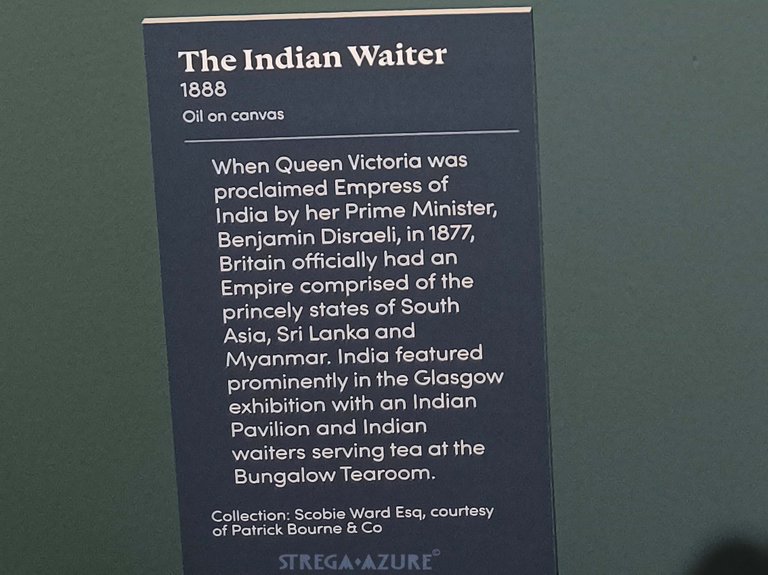

The Glasgow International Exhibition, Twilight, 1888, oil on canavas, Glasgow Museum
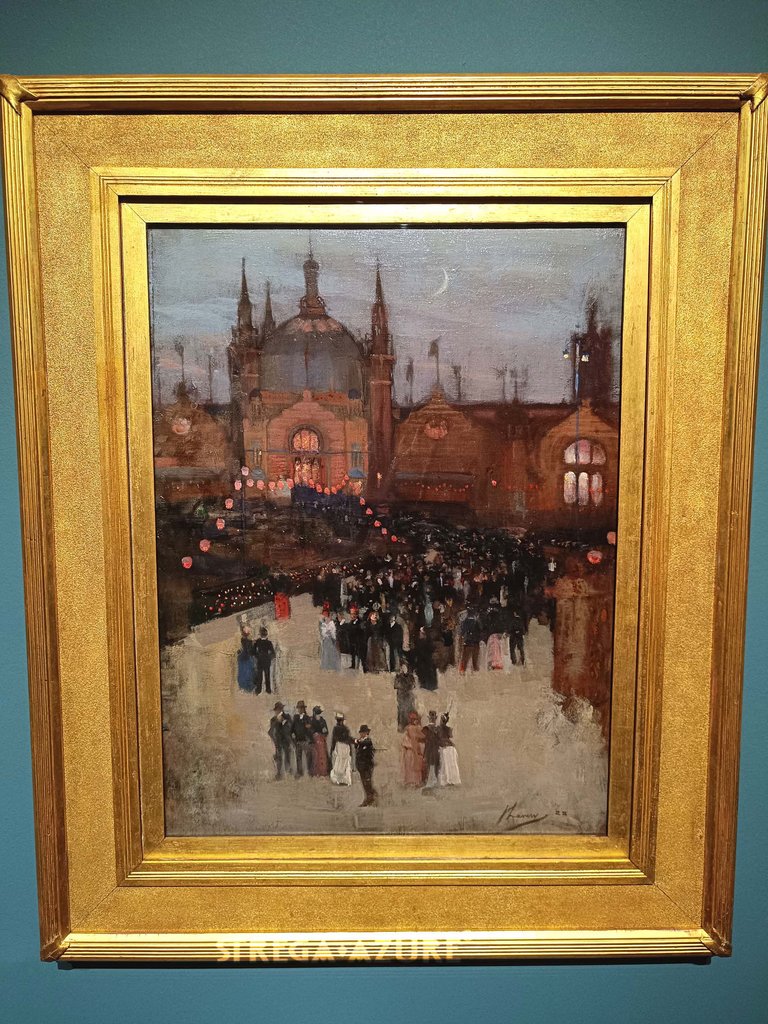
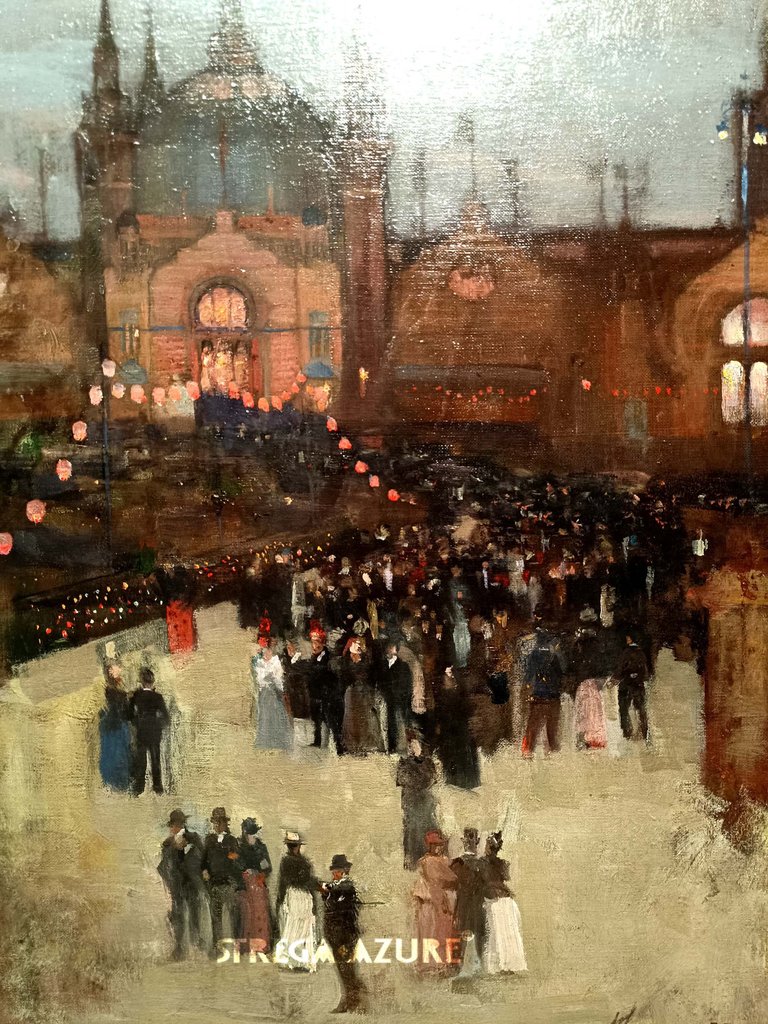
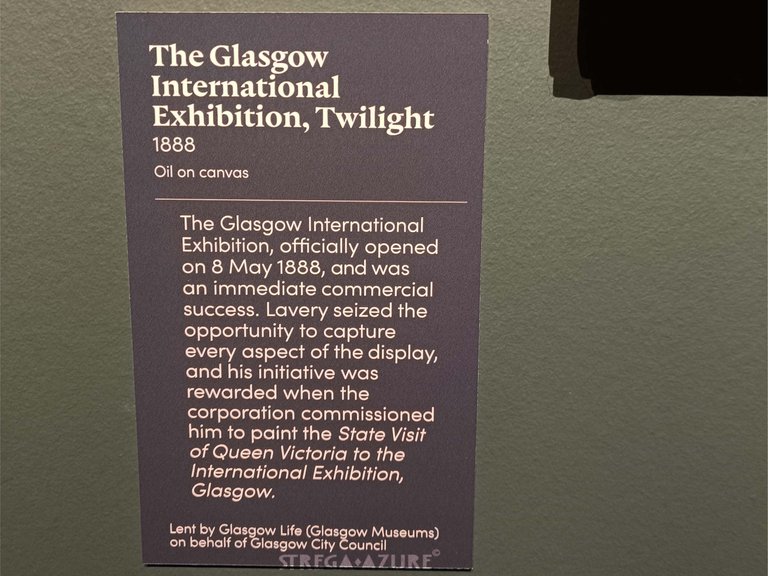

The Blue Hungarians, 1888, oil on canvas, The Fleming Collection
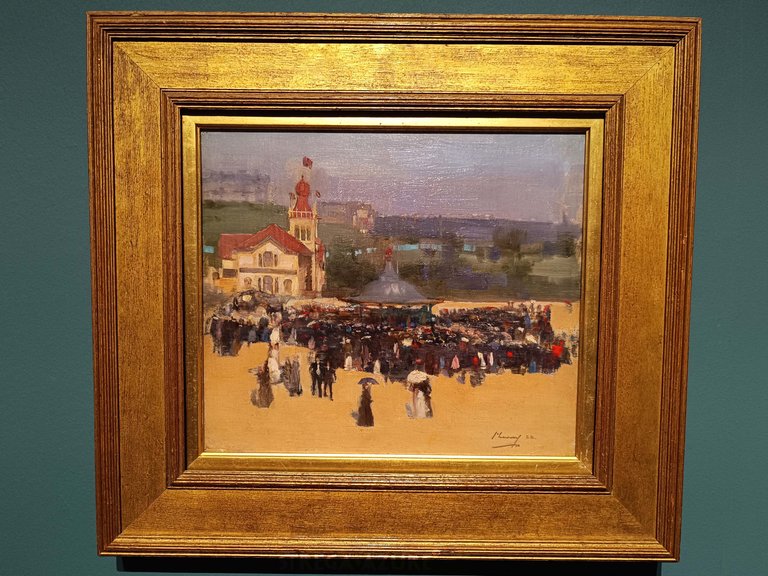
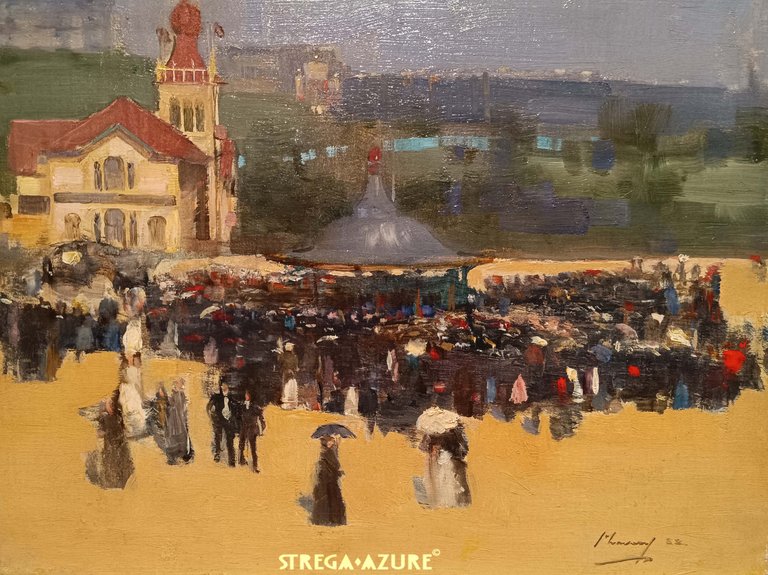
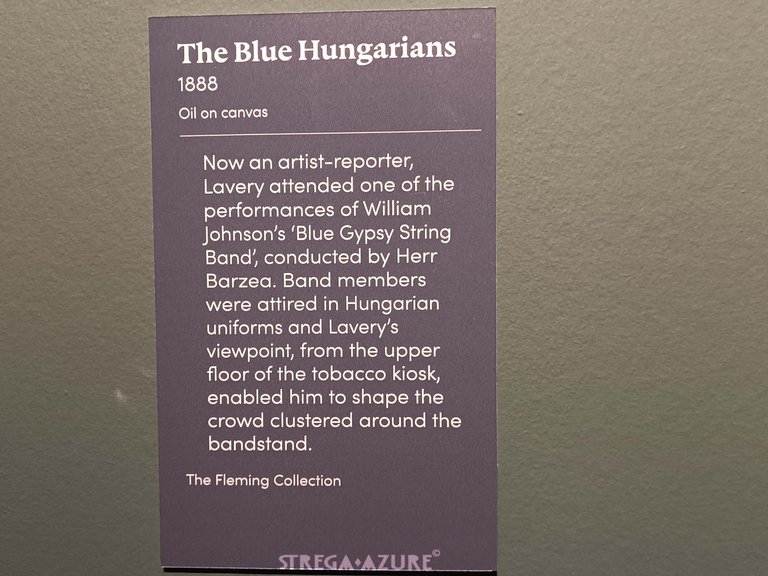

A View from the Canal, Kelvingrove of the First International Exhibition 1888, 1888, oil on canvas
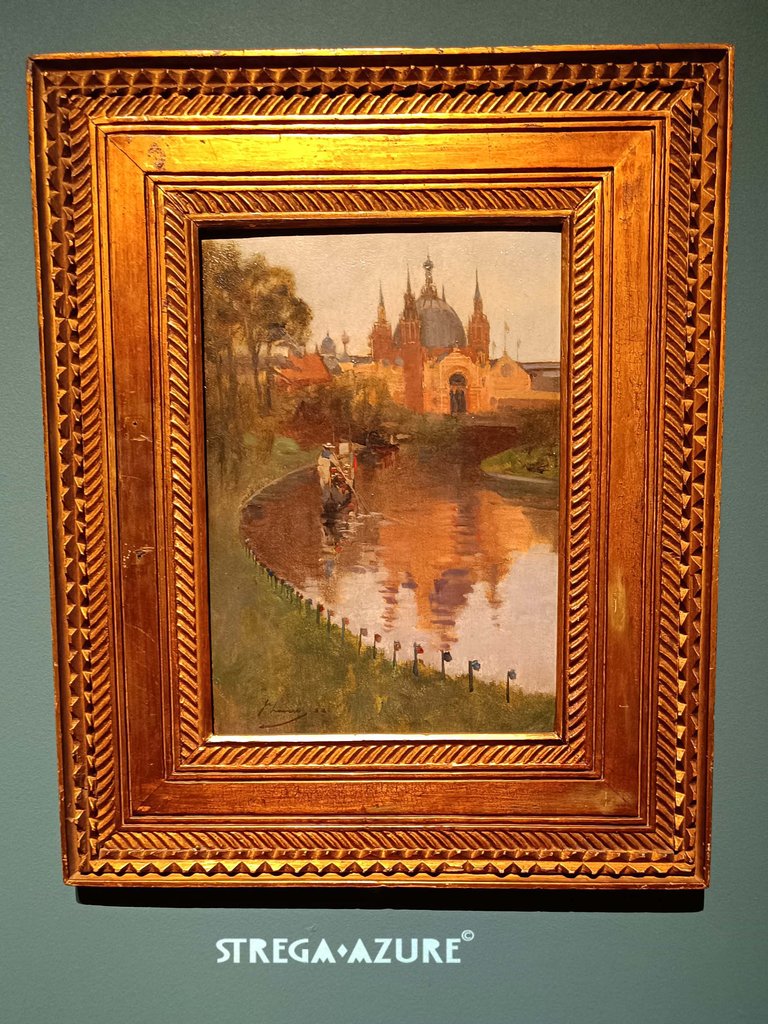
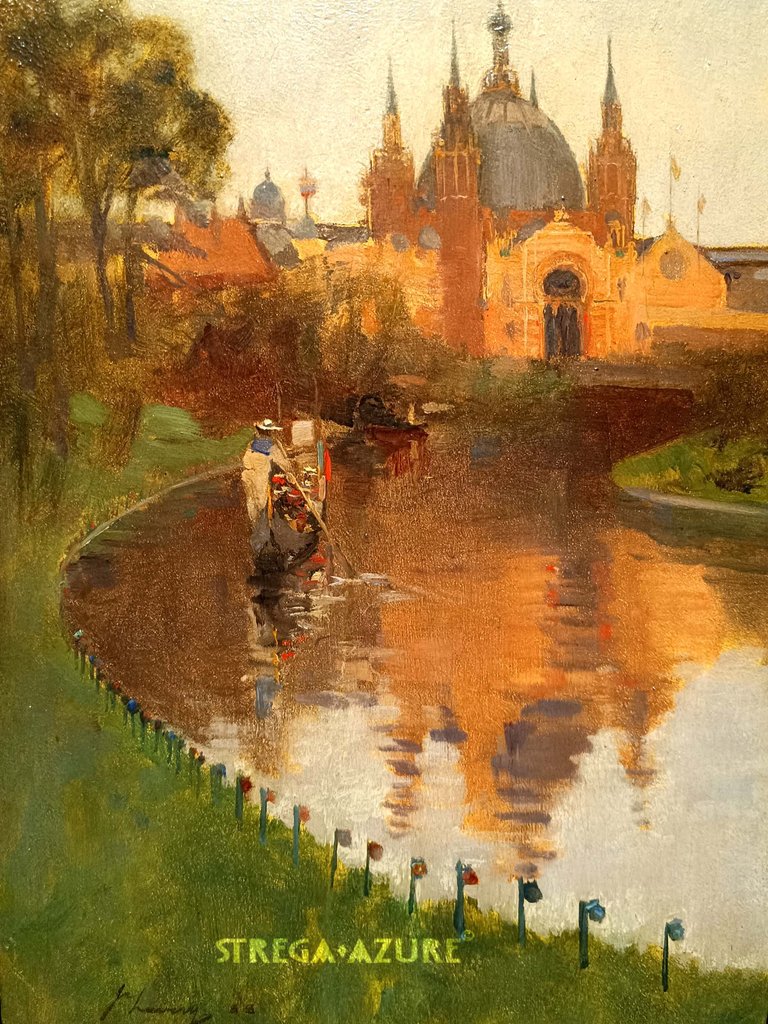


An Irish Girl, 1890, oil on canvas, private collection
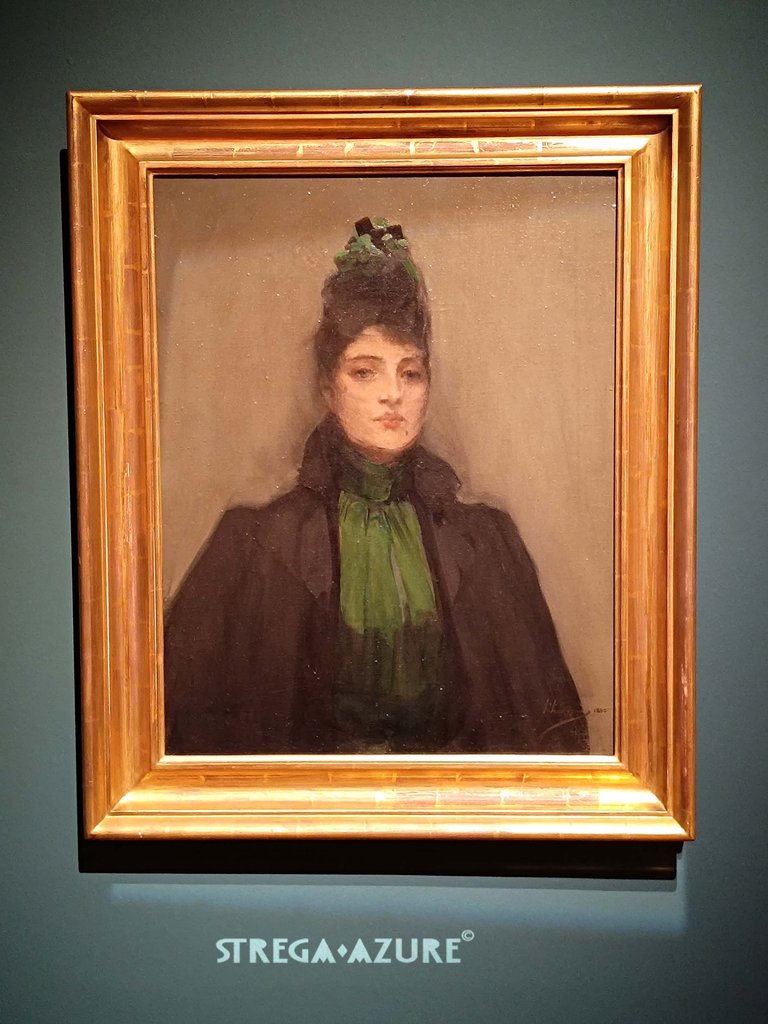

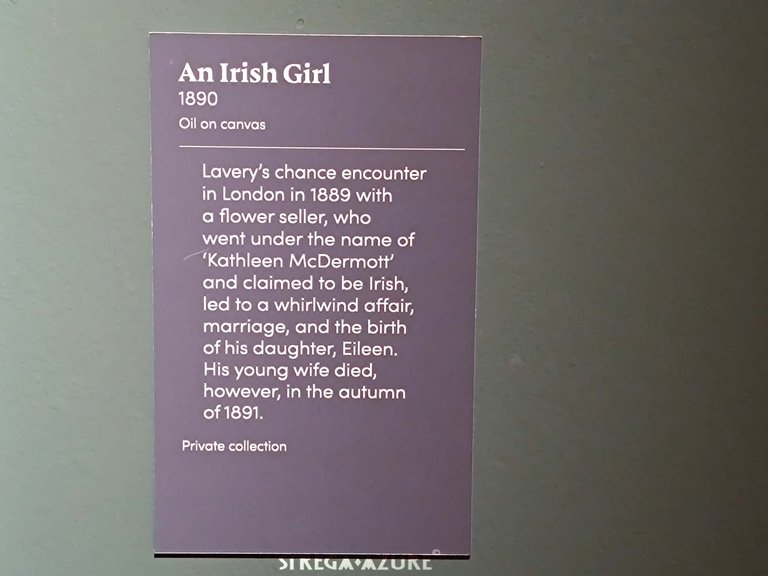

A Garden in France, 1897-8, oil on canvas, National Gallery of Ireland
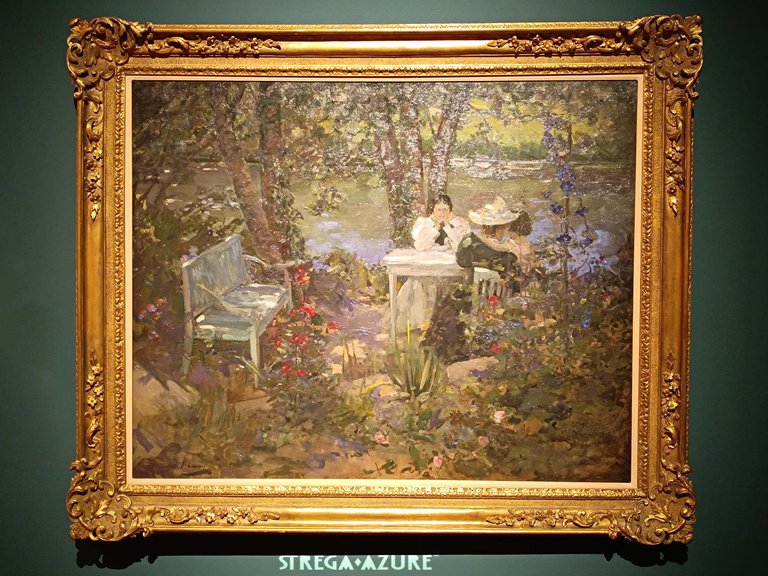

On Board the SS Ophir, 1892, oil canvas, Courtesy of Marina Lund
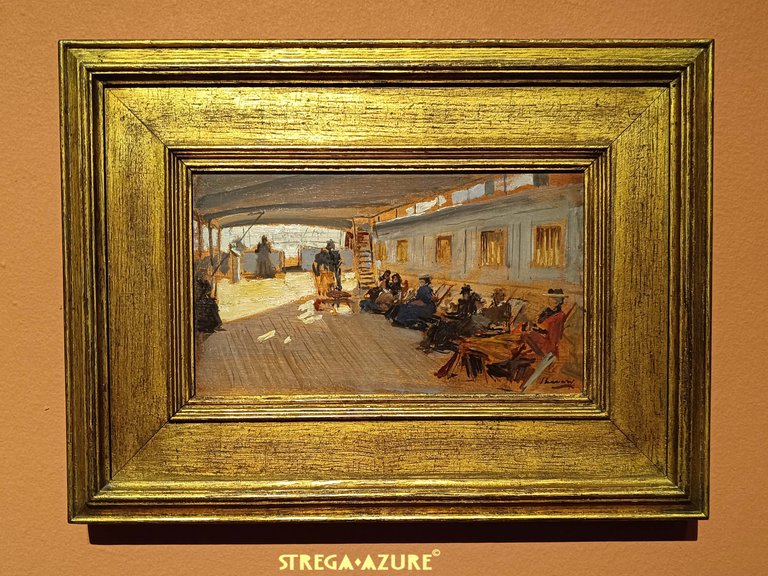
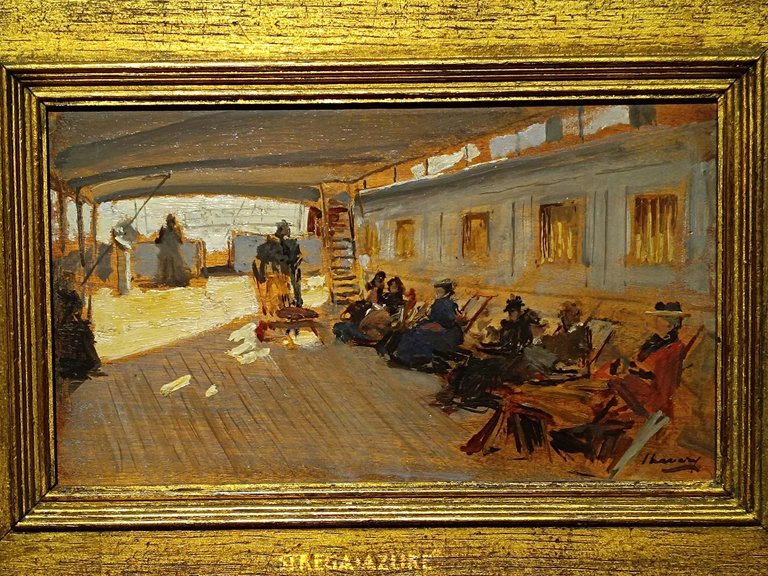
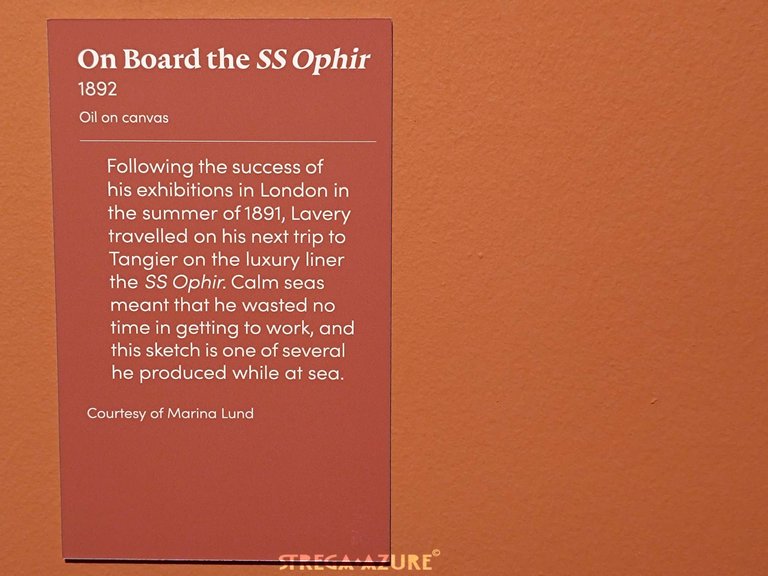

The Snake Charmers, 1891, oil on canvas, private collection

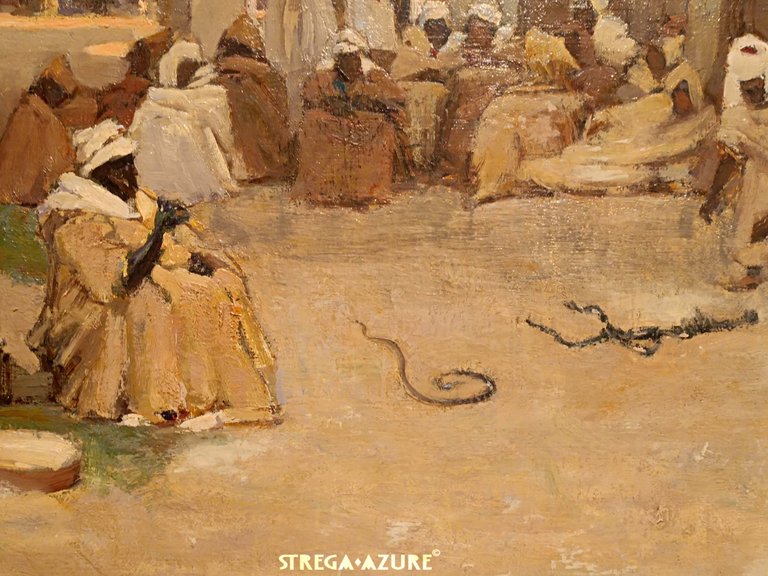


The Road to Fez, The Camp, Evening, 1906, oil on canvas, private collection
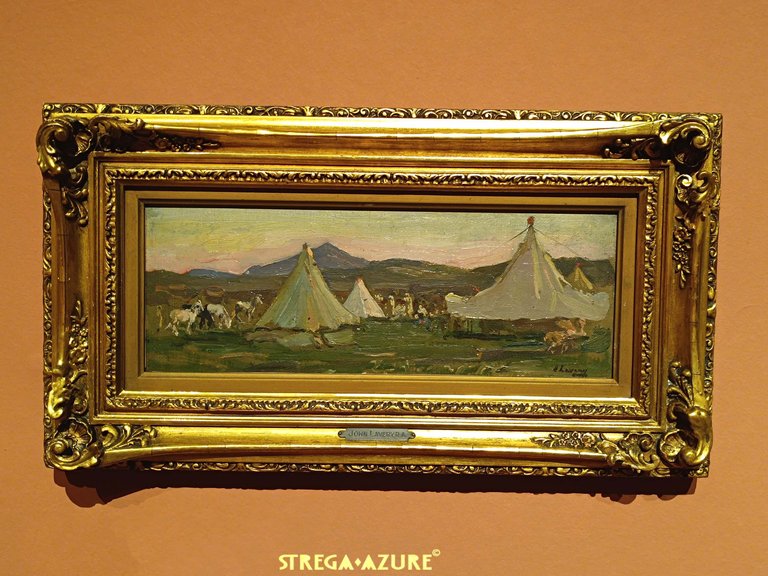
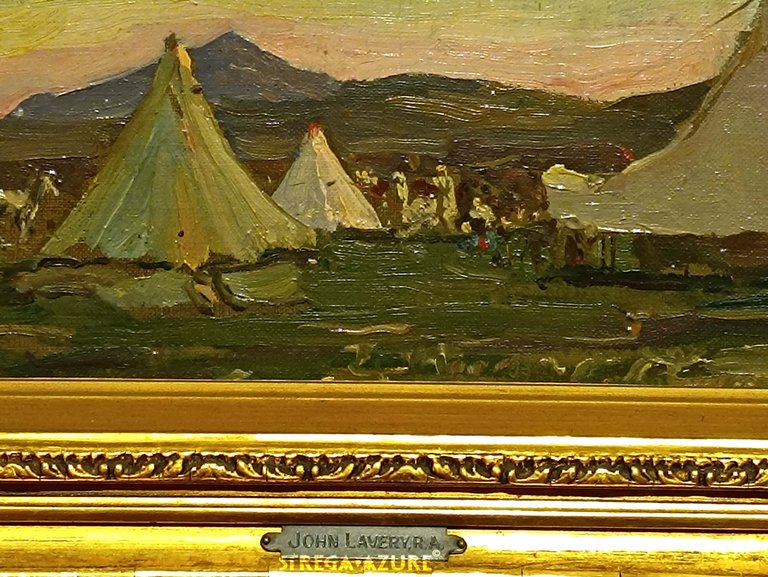
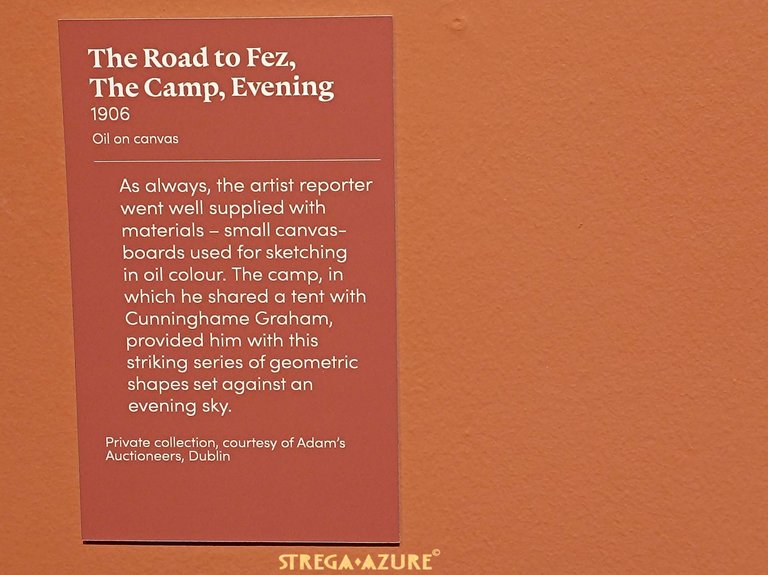

Pere et Fille(Portrait Group) 1896-7, oil on canvas, Paris, Musee d'Orsay
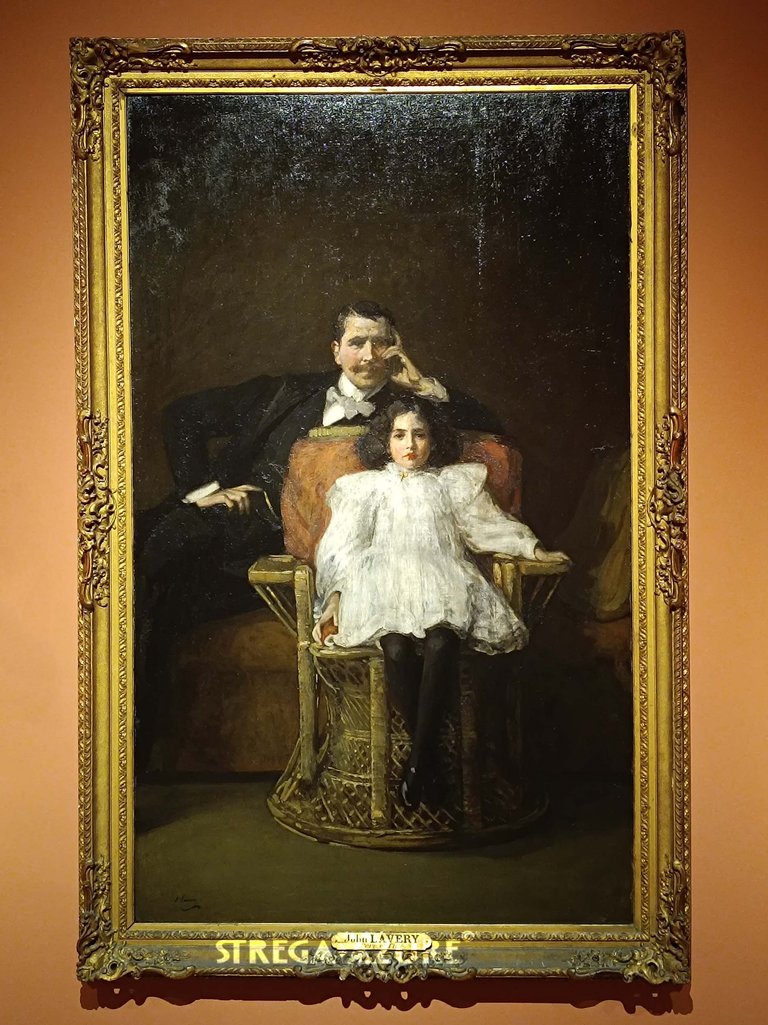
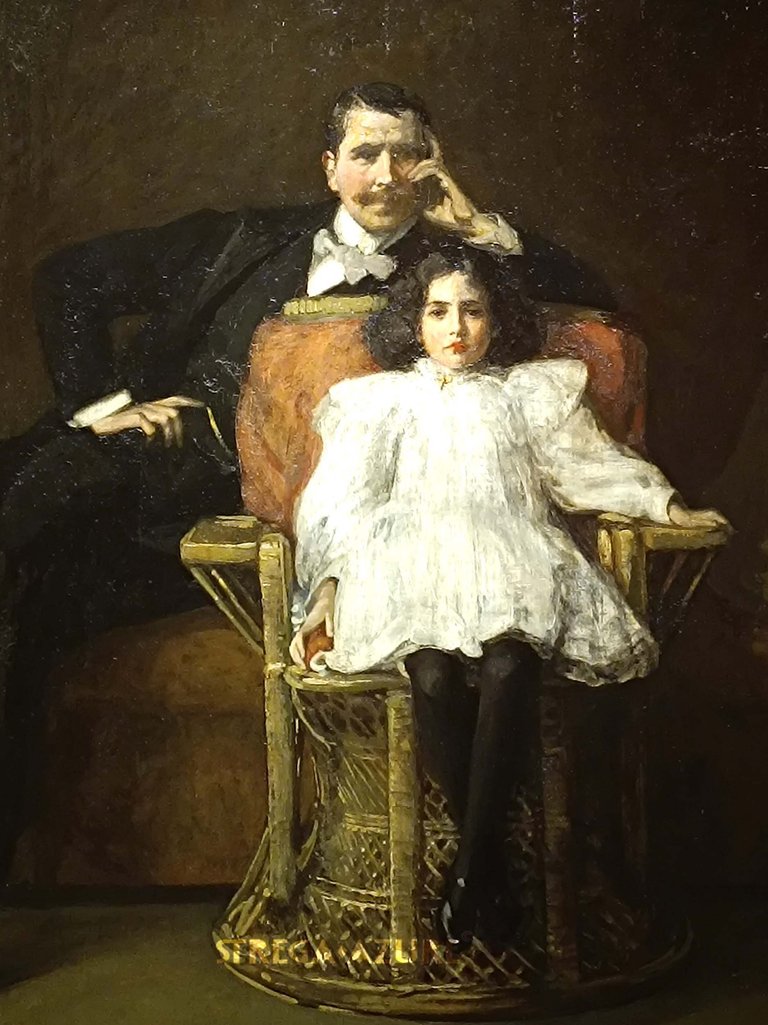
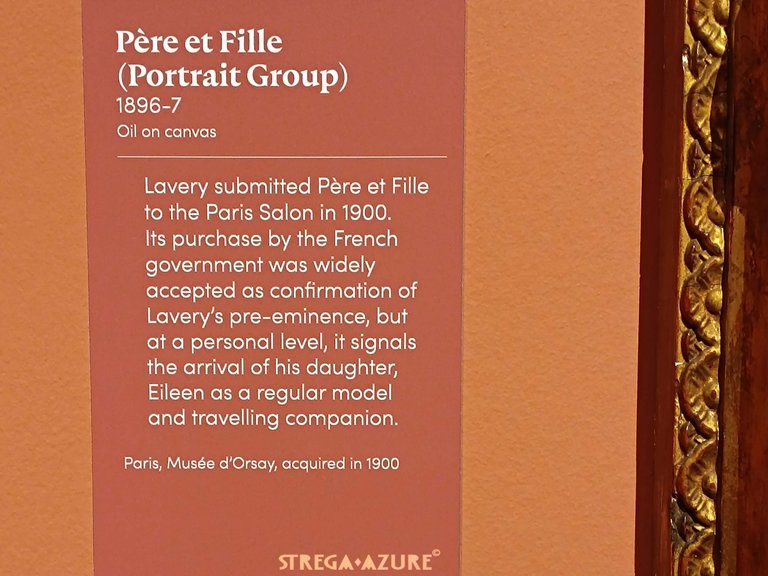


Portraits of Walter B. Harris, 1906, oil on canvas, private collection
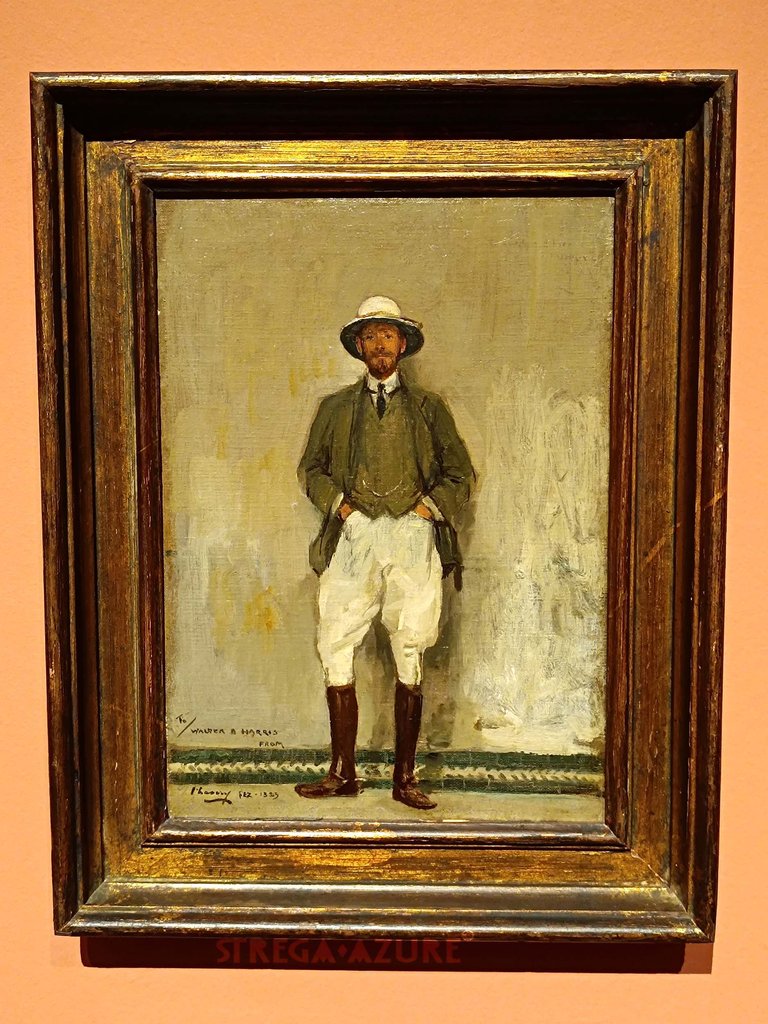
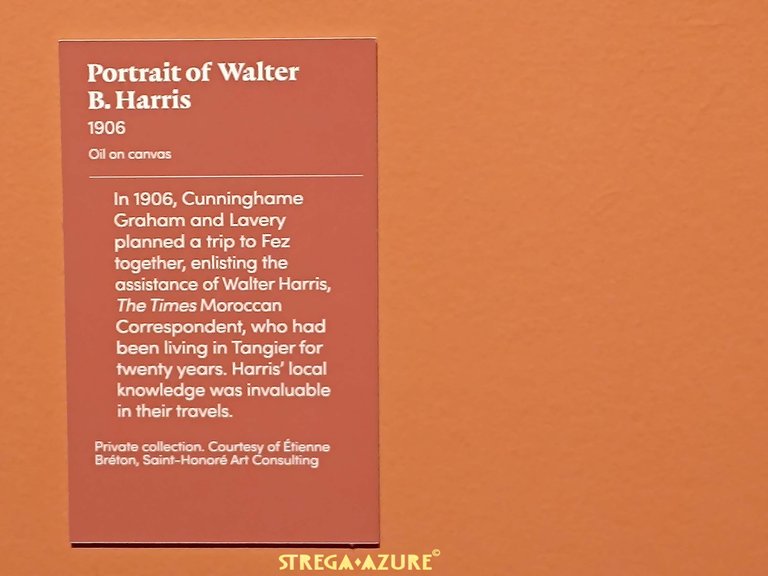

R. B. Cunninghame Graham on 'Pampa', 1898, oil on canvas, private collection
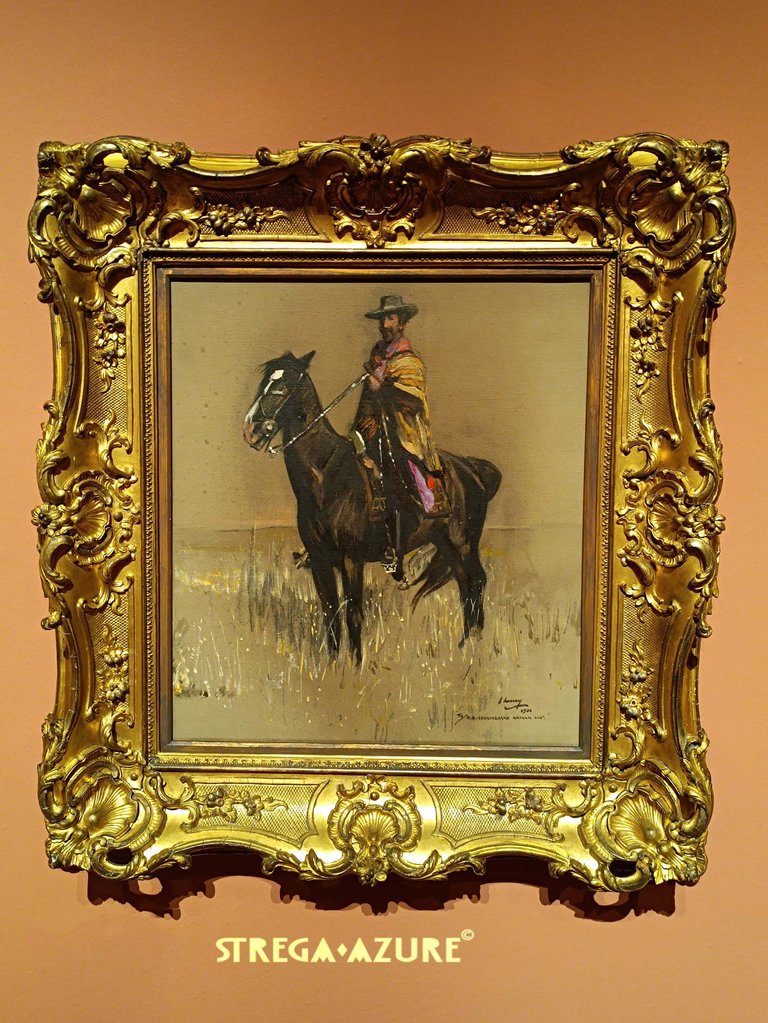
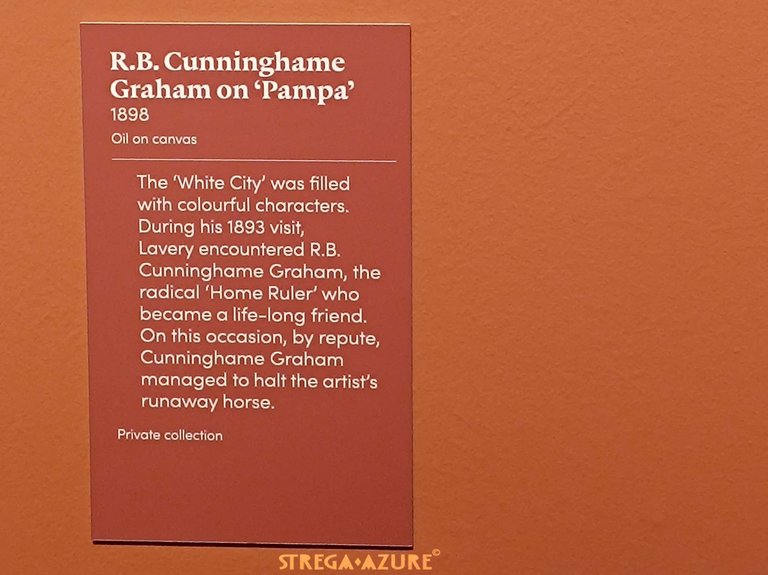

My Wife Mrs. Lavery Sketching, 1910, oil on canvas, Hugh Lane Gallery, Dublin
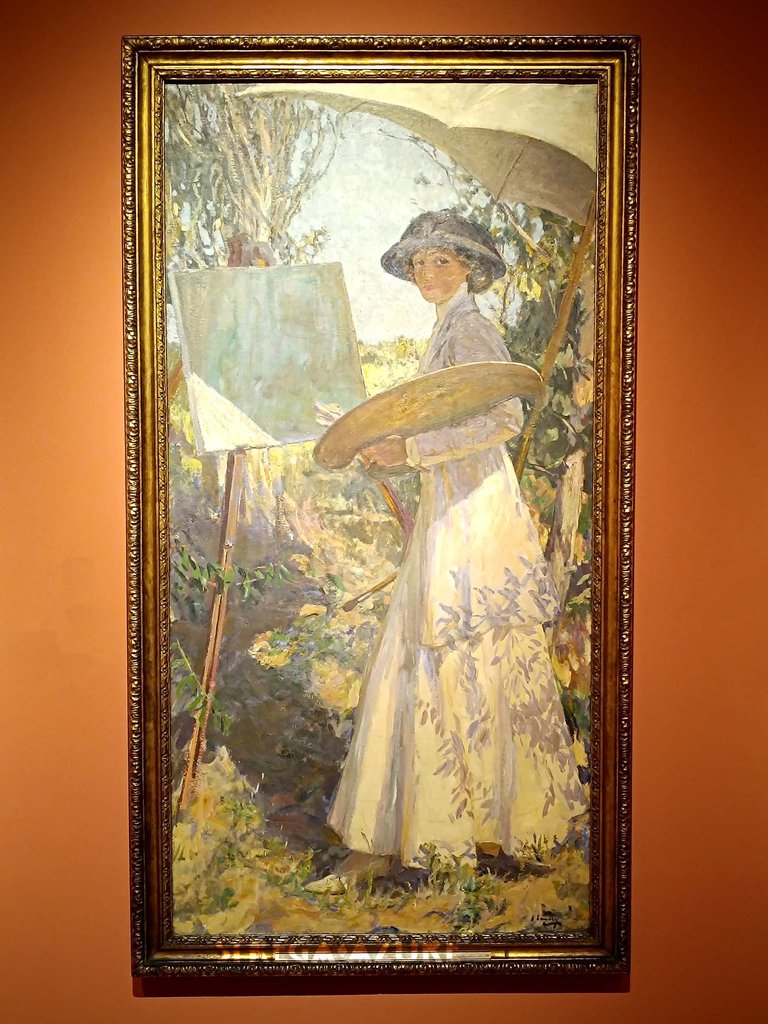
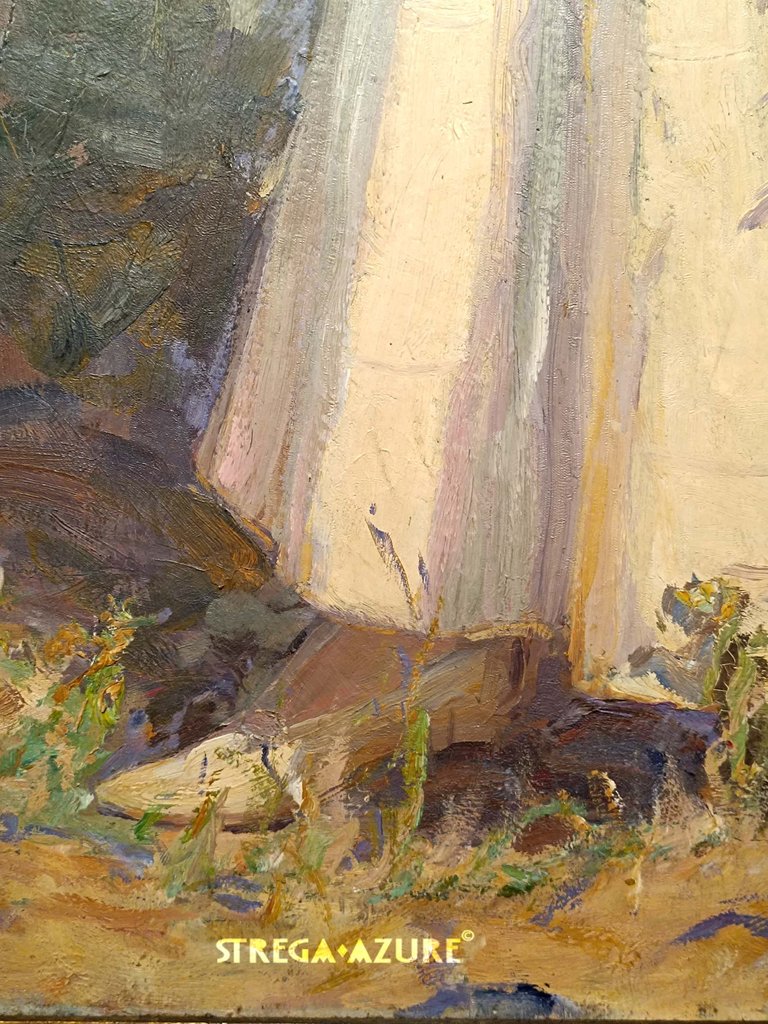
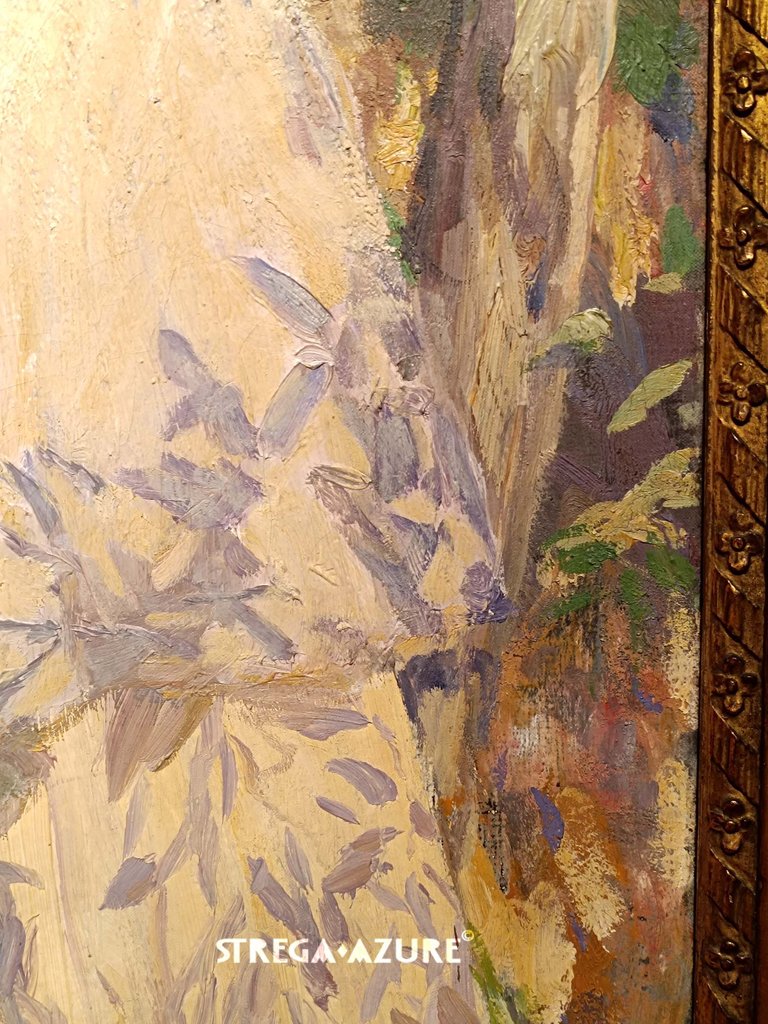


The Pergola, 1906, oil on canvas, private collection
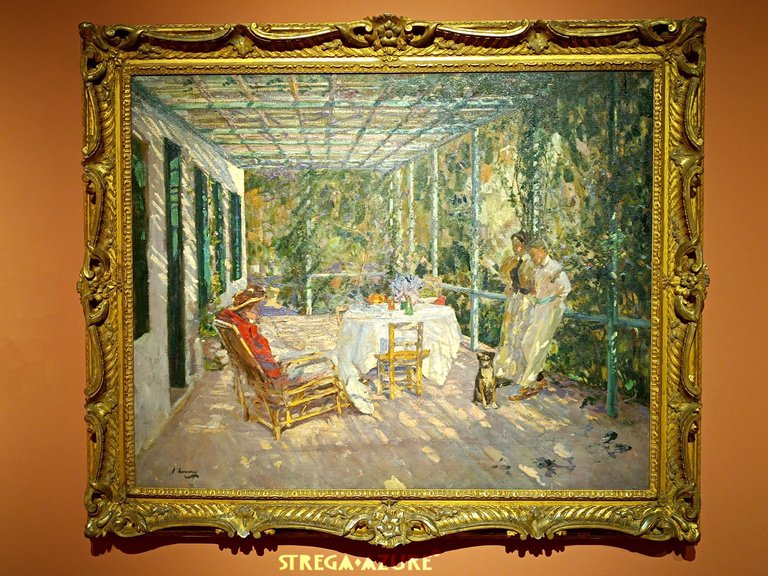
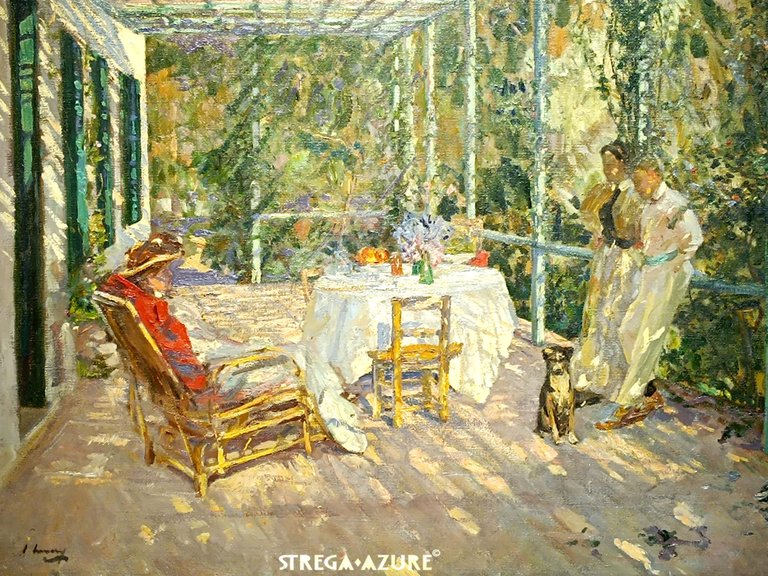


A Moorish Maid, 1892, oil on canvas, private collection
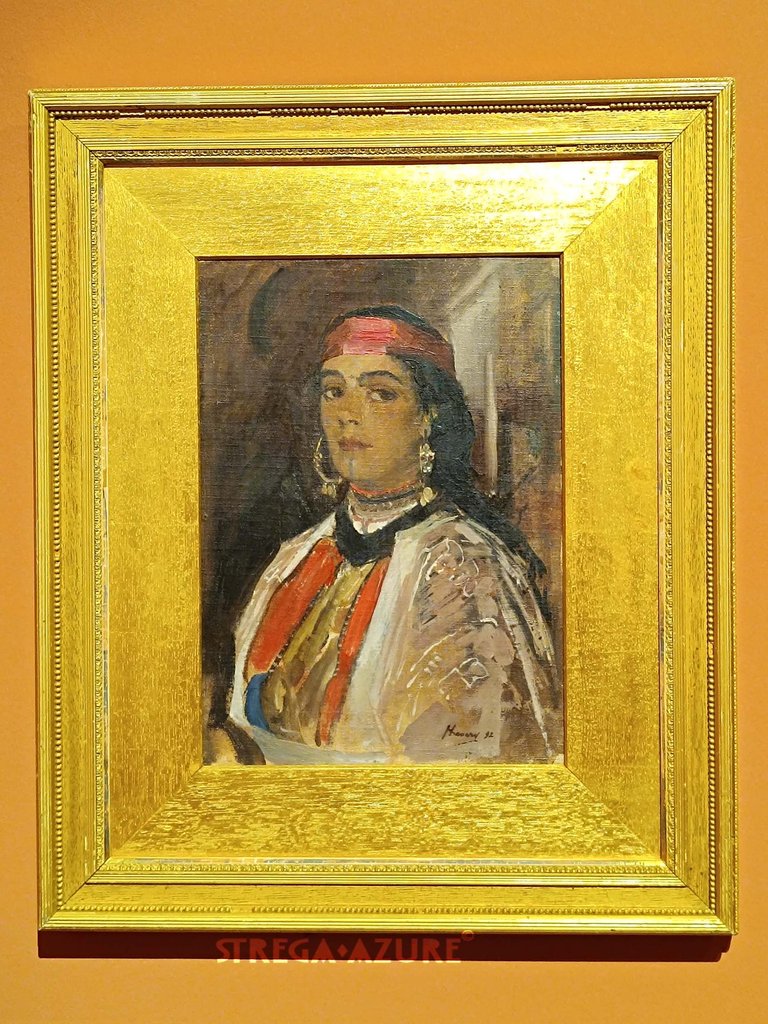
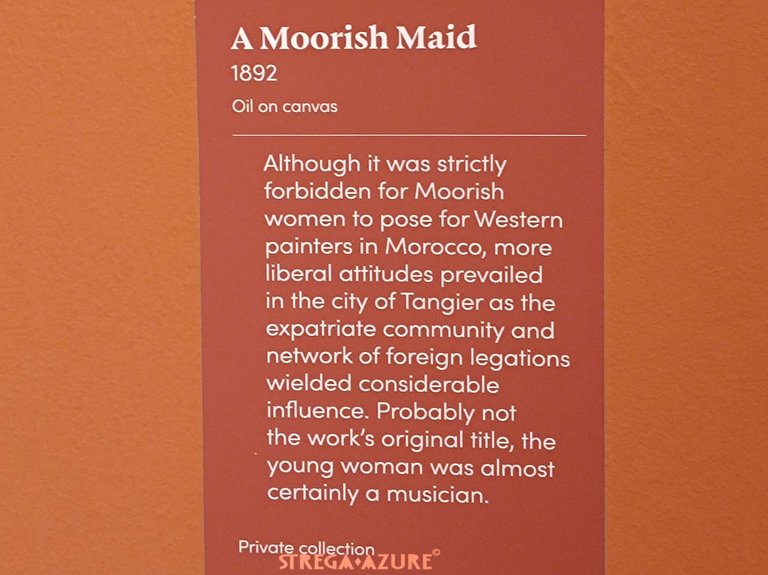

Alameda de Hercules, Seville, 1892, oil on canvas
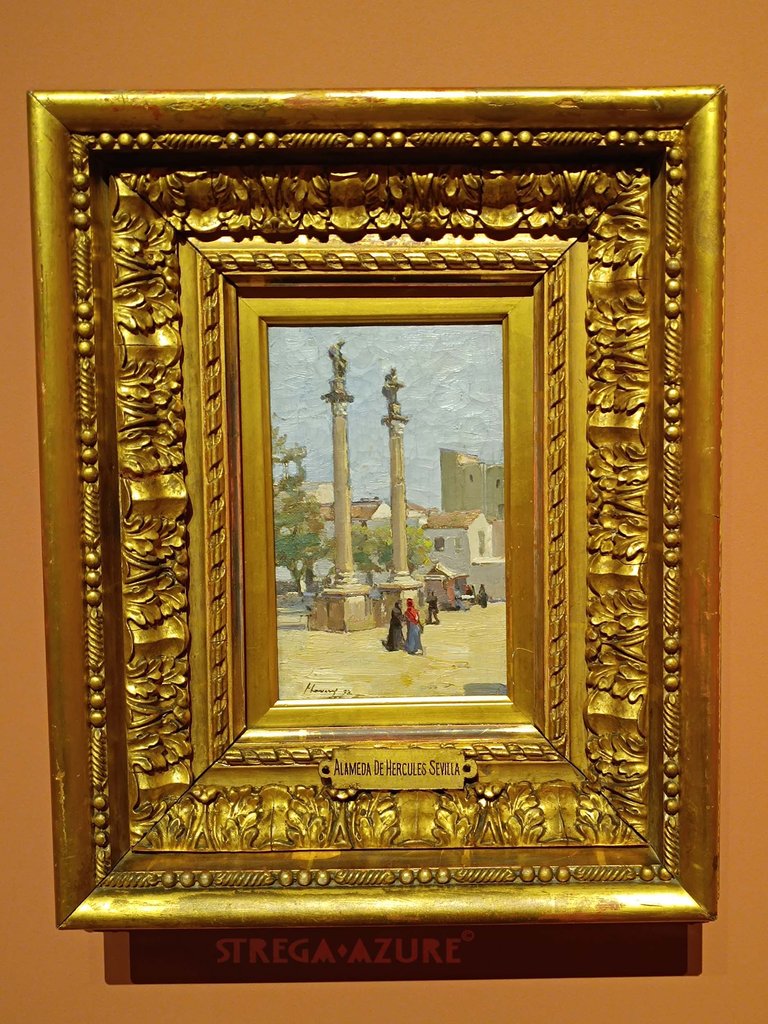
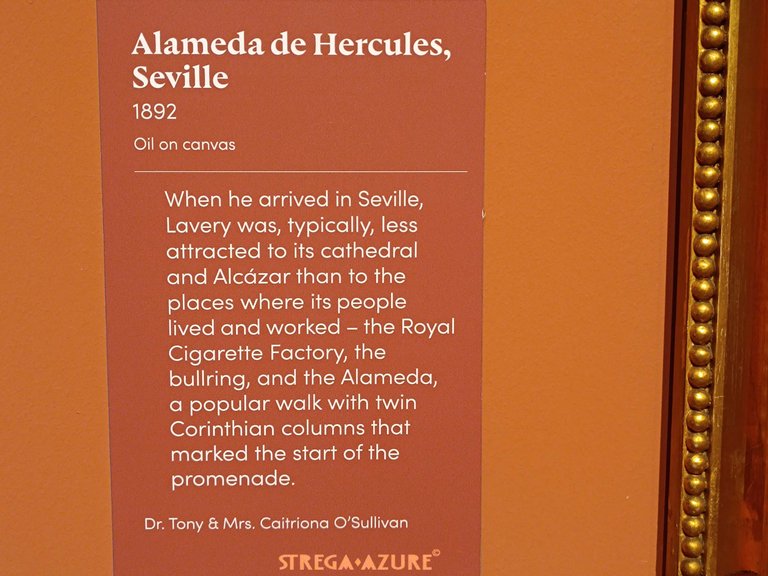

Windy Day, 1907 -08, oil on canvas, private collection
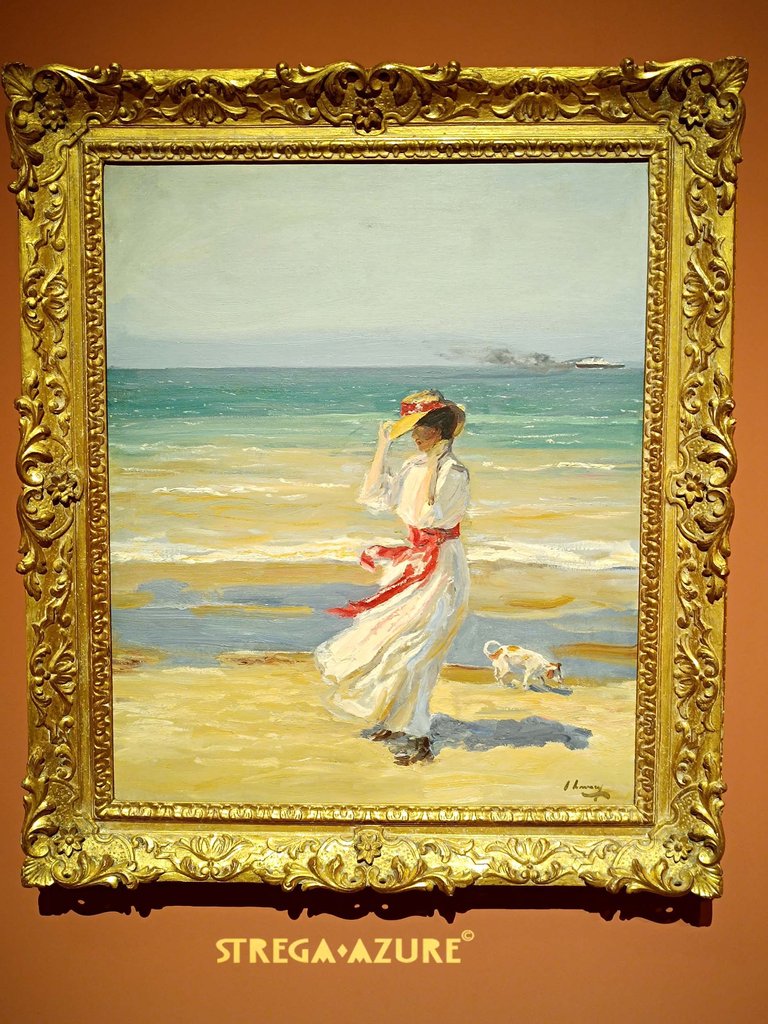
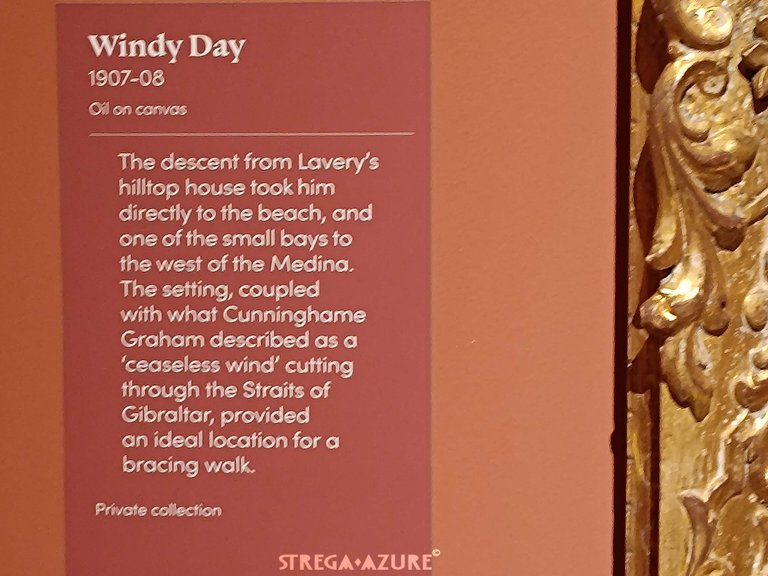

The Southern Sea, 1910, oil on canvas, Richard Green Gallery, London
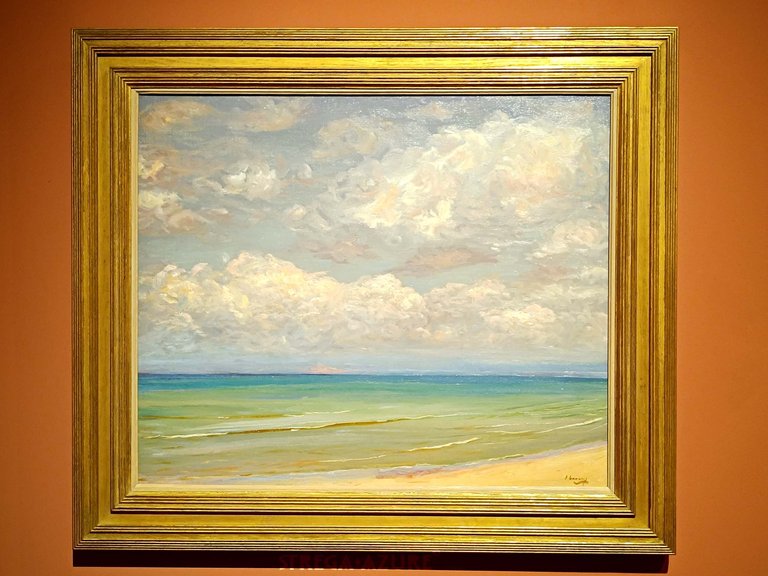
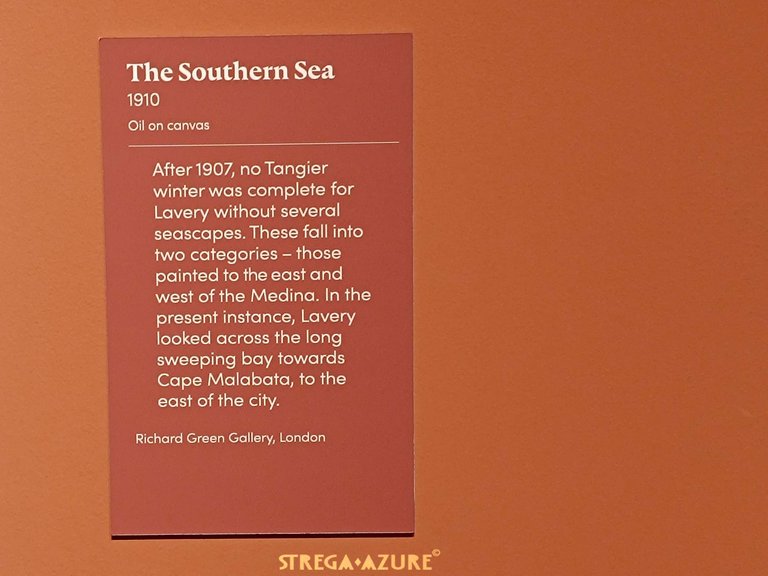

The Summit of the Jungfrau 1912 - 13, oil on canvas, Scobie Ward Esq
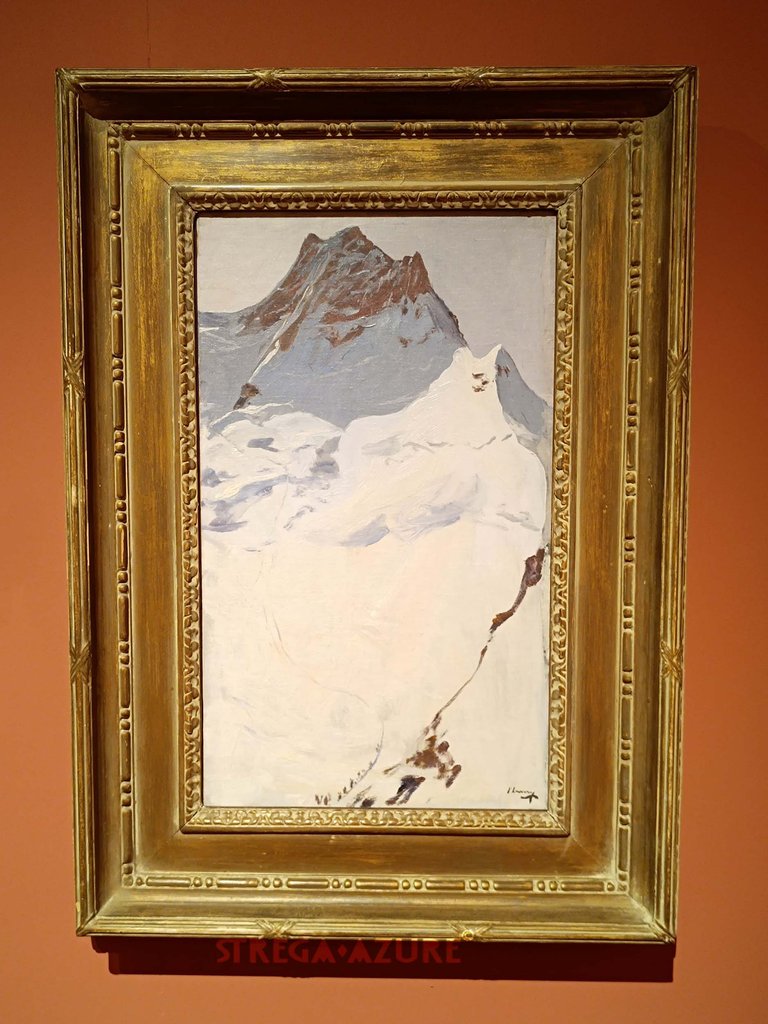


Night Rangier, 1911, oil on canvas, Ulster Museum National Museums NI
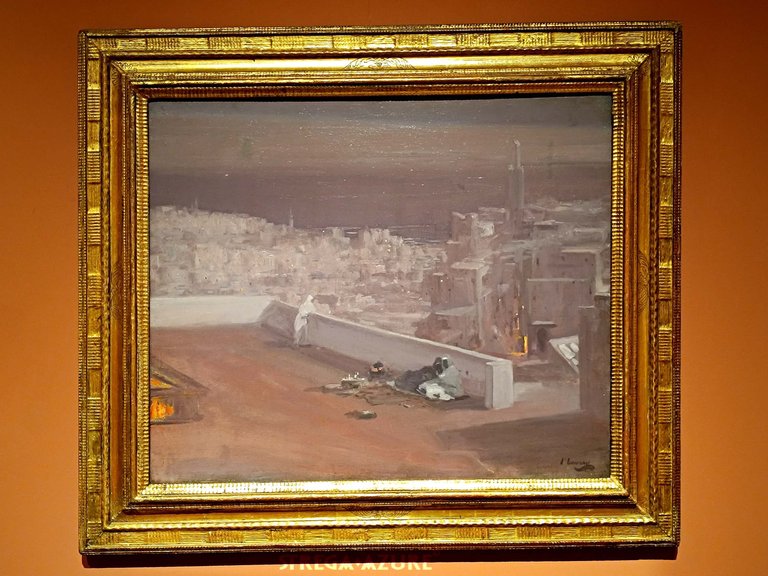


La dame aux perles Mme La Baronne de H, 1901, oil on canvas
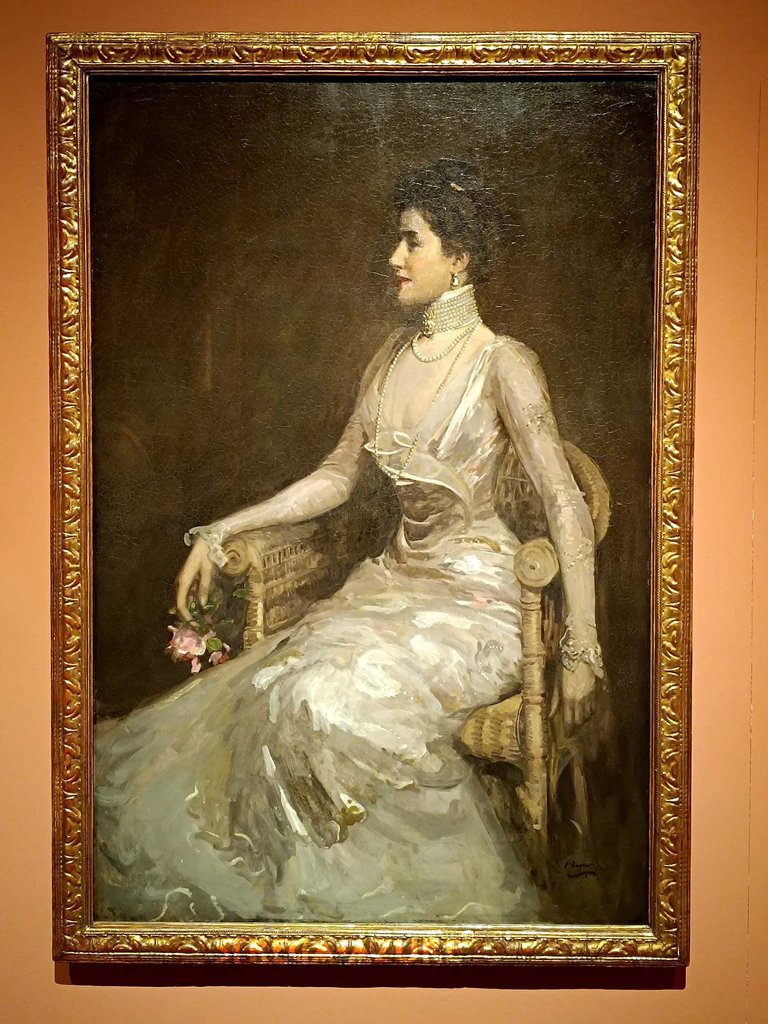
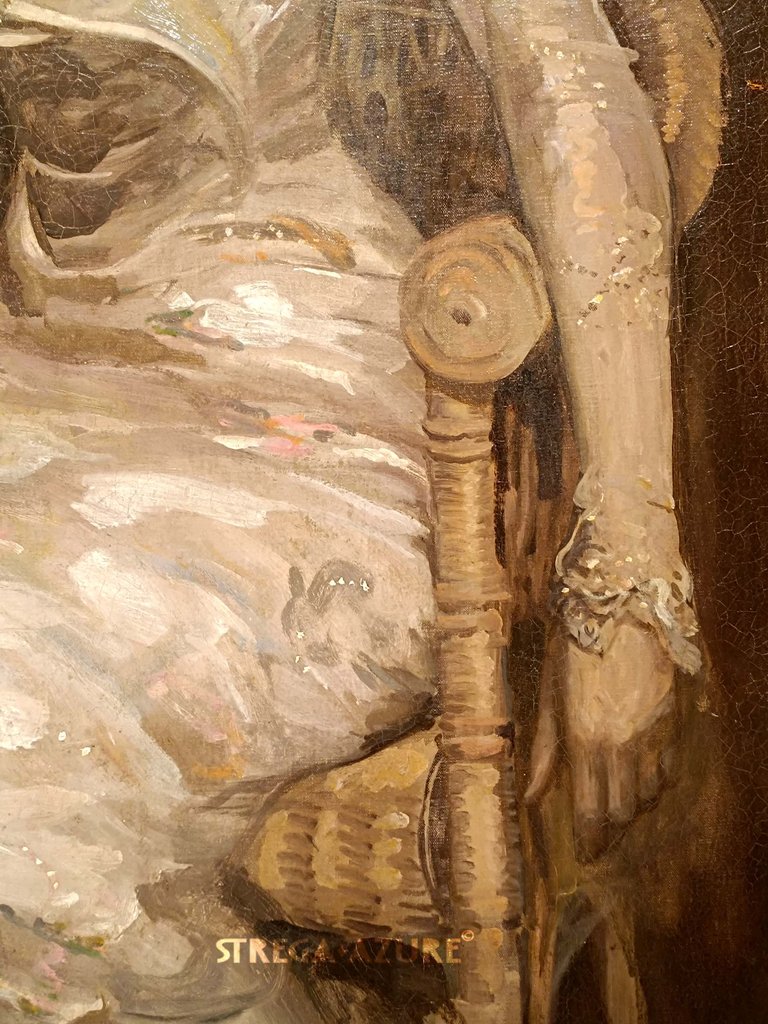

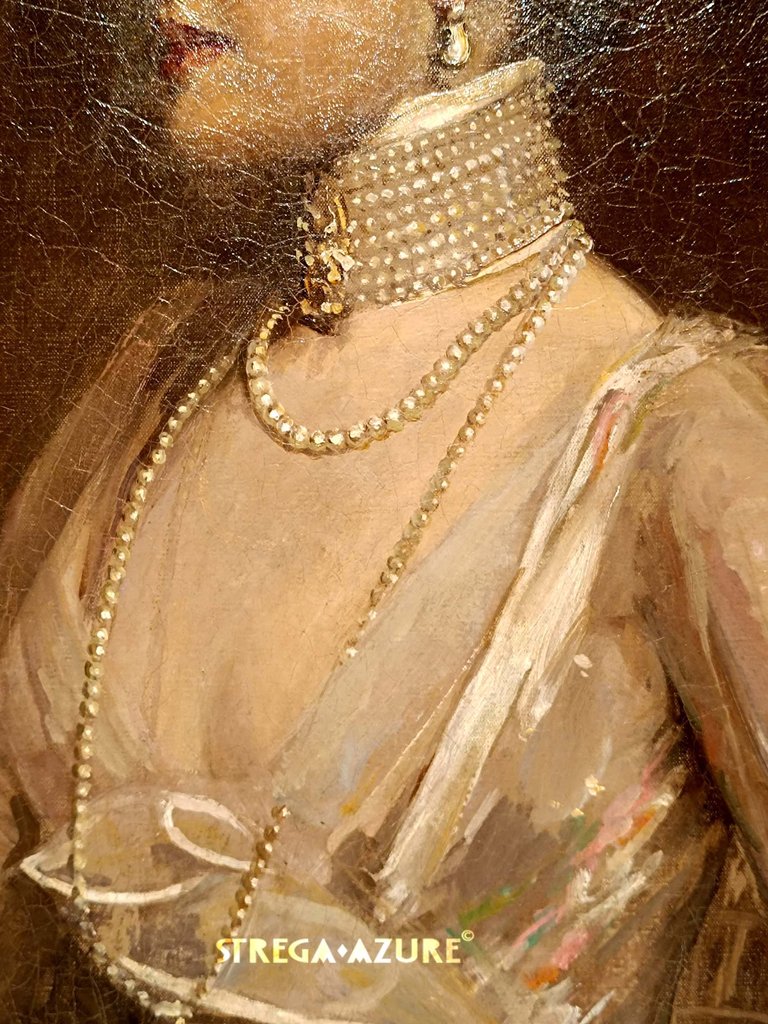
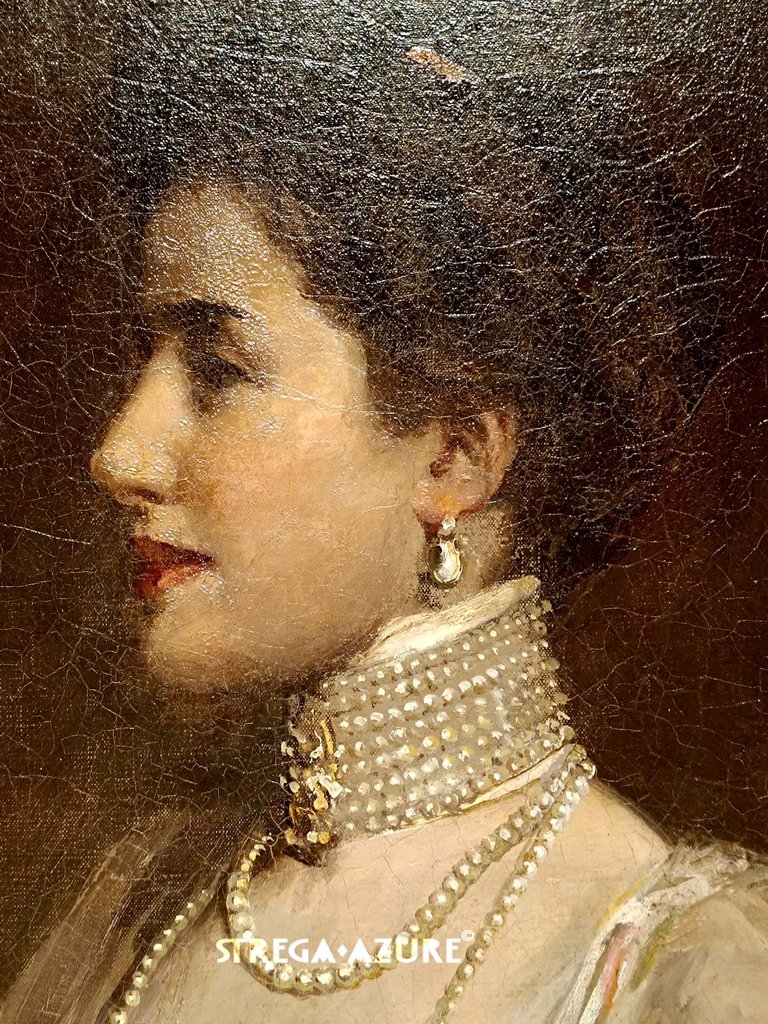


The Greyhound, around 1908 - 09, oil canvas, Ulster Museum, National Museums NI
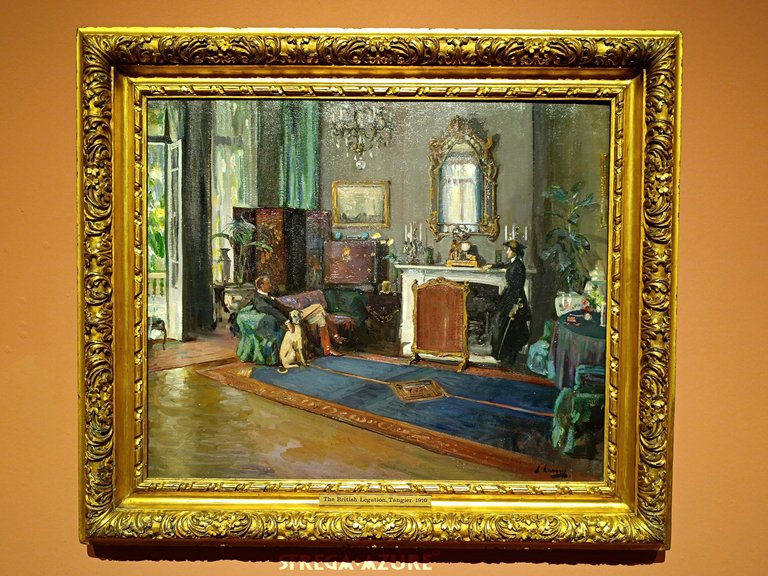
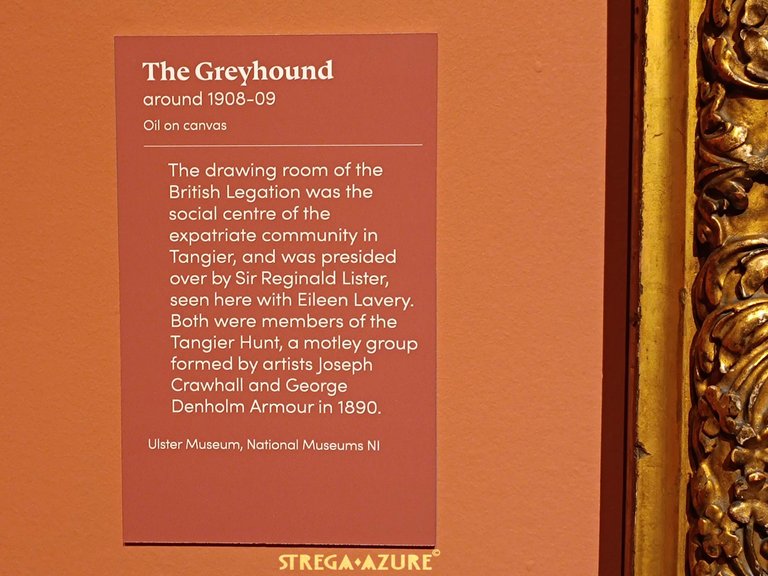

Study for 'The Amazon', 1909 - 10, oil on canvas, private collection
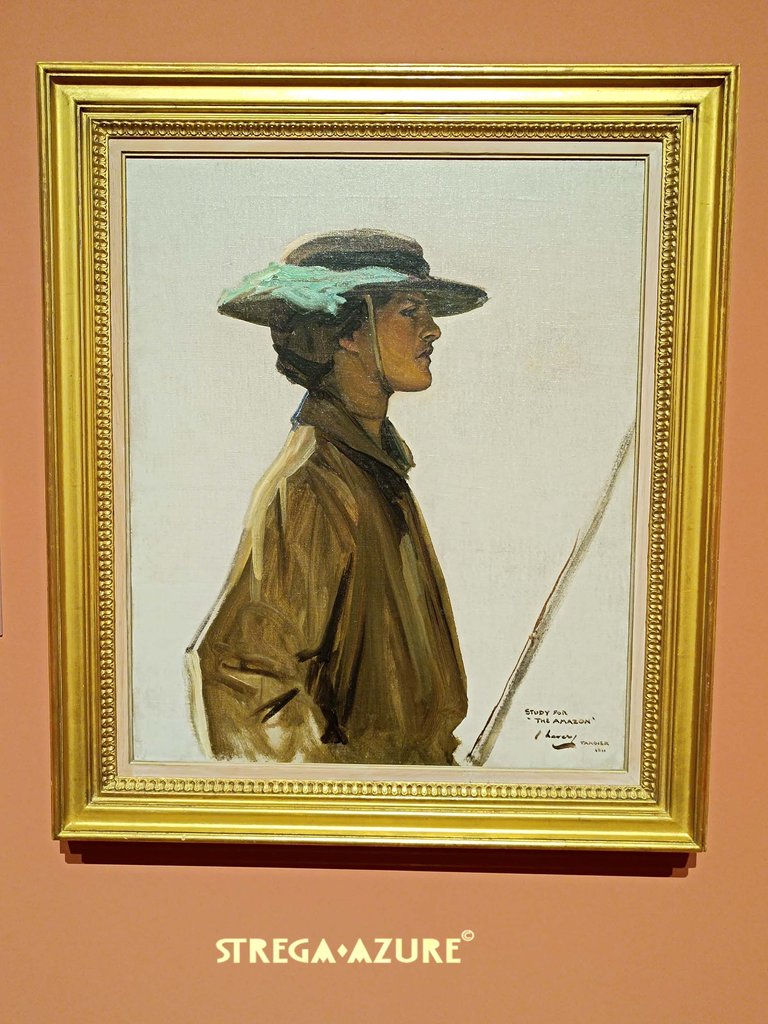
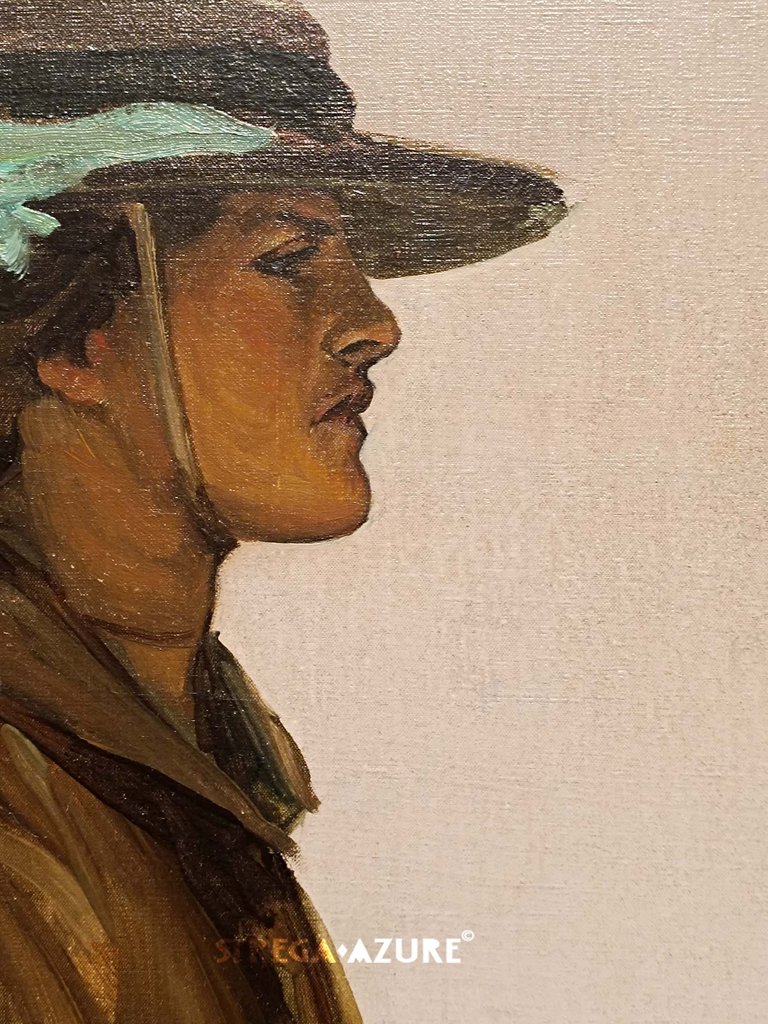
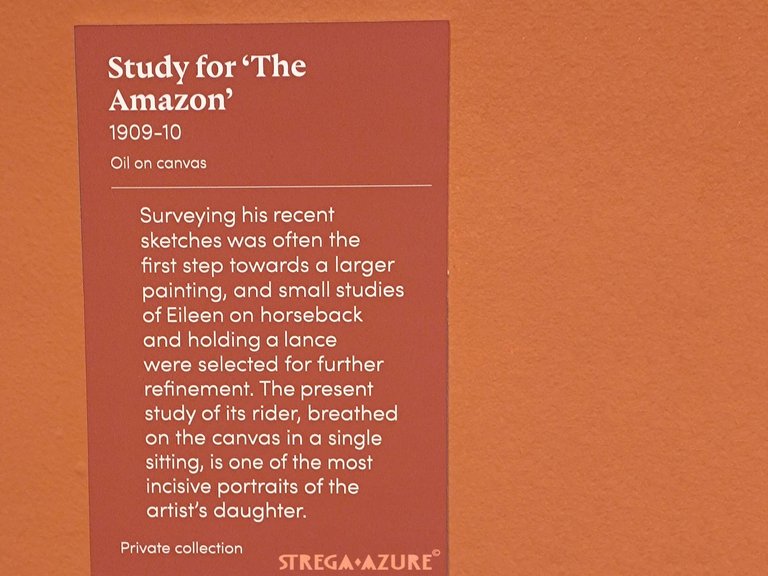

The Bathing Hour, the Lido, Venice, 1912, oil on canvas, private collection
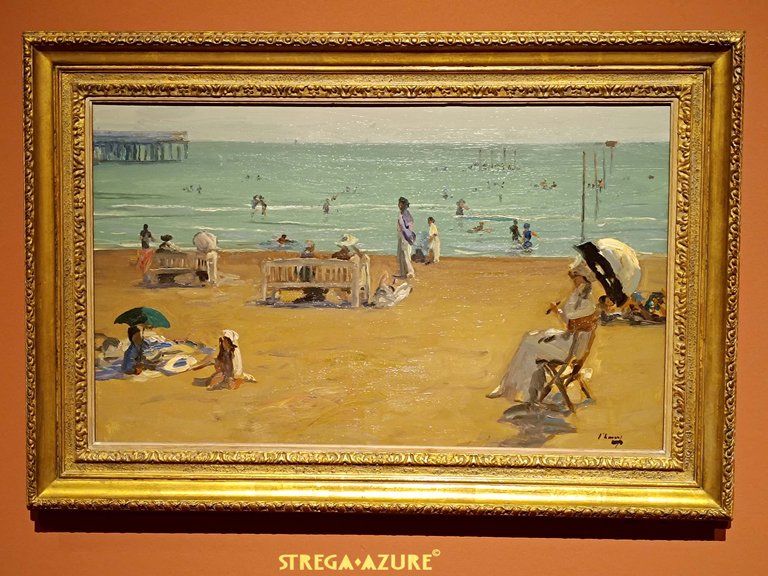

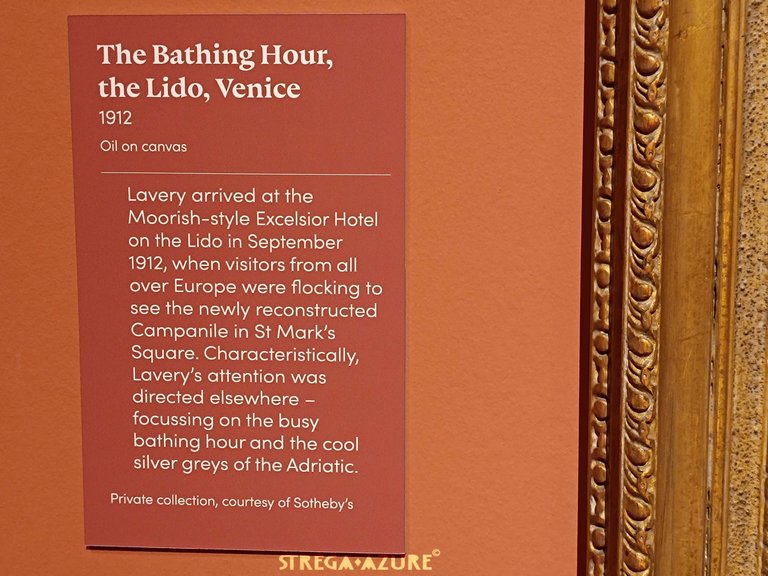

L'Ete Summer, 1903, oil on canvas, Musee Rodin, Paris
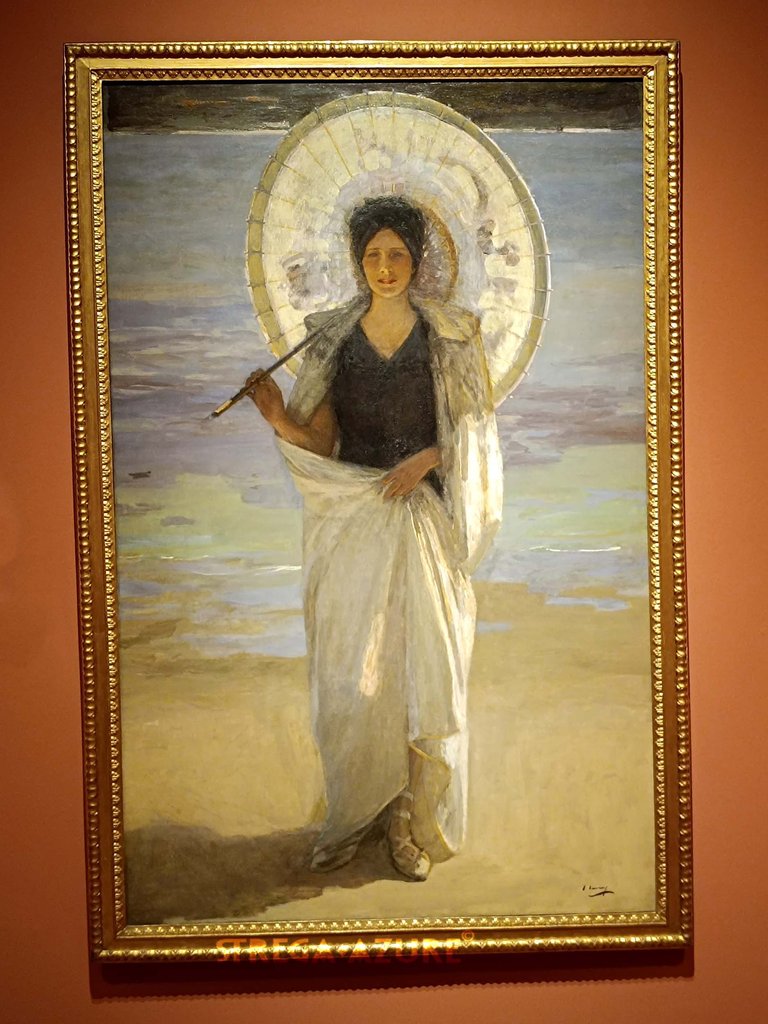
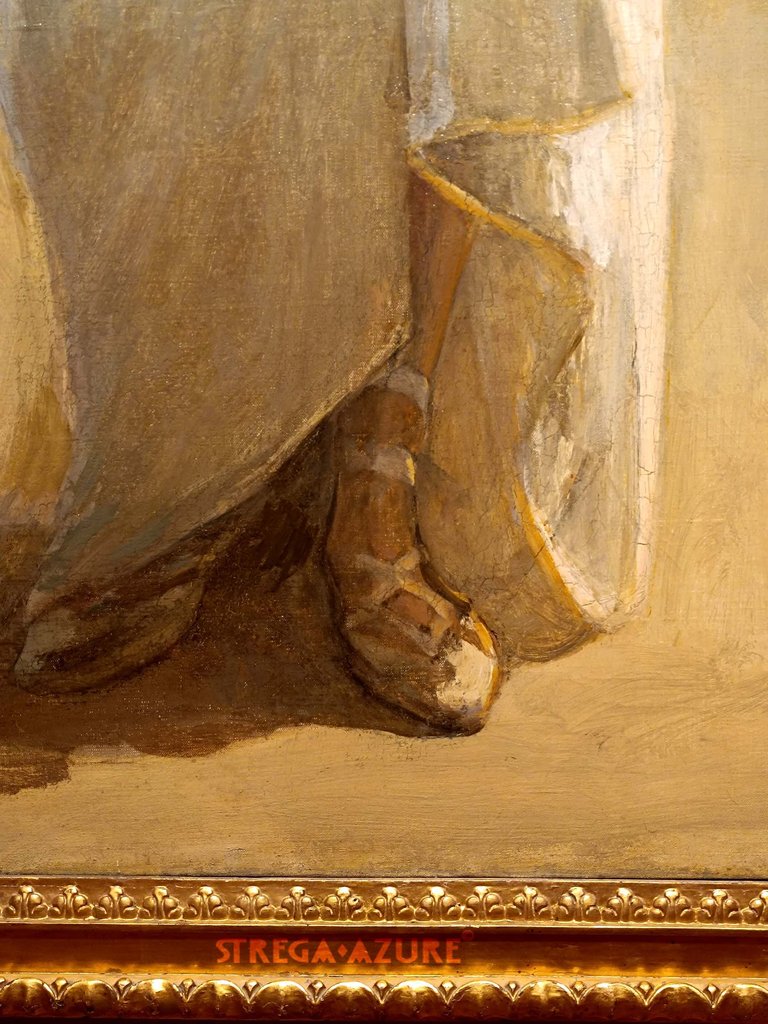
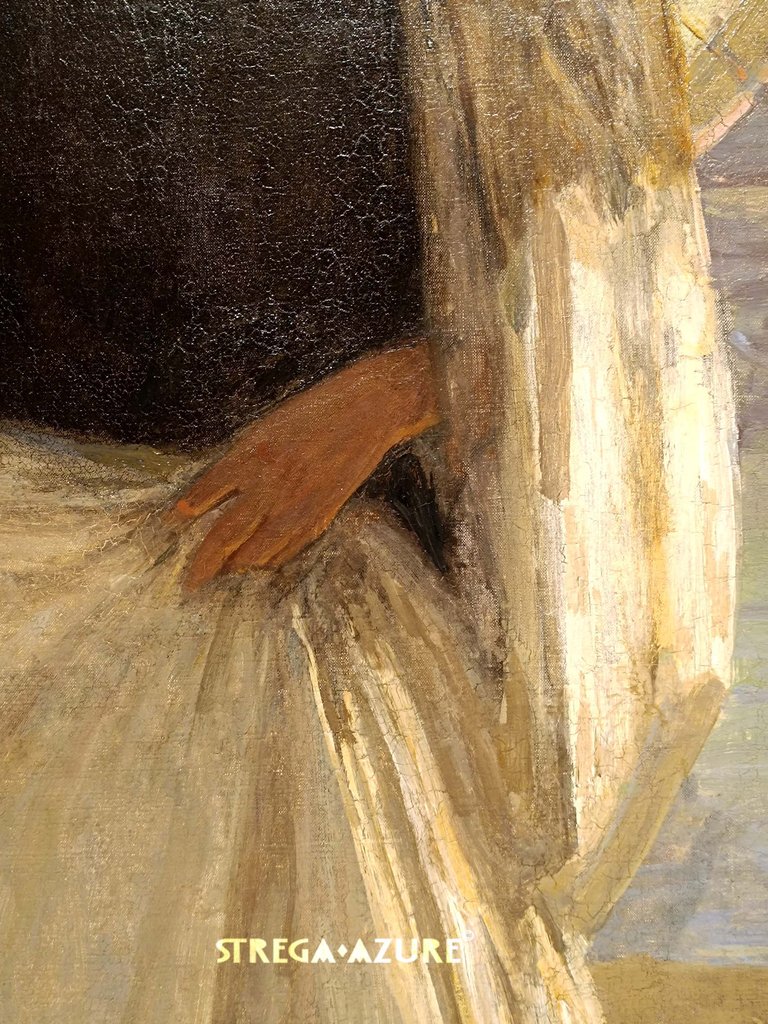
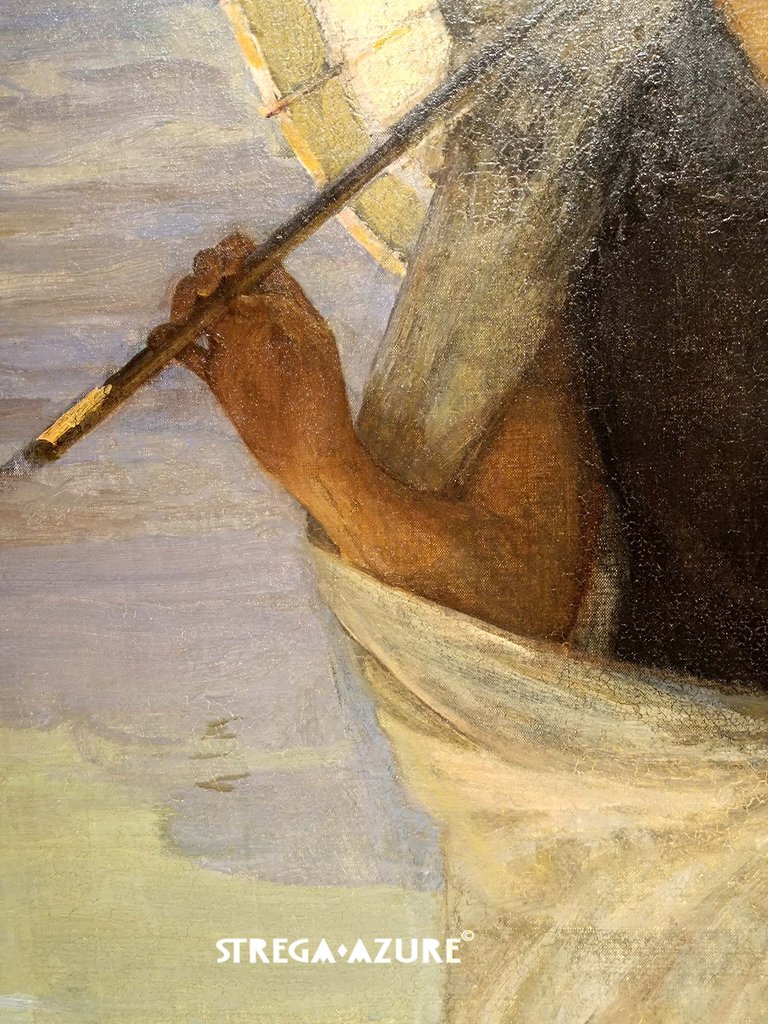
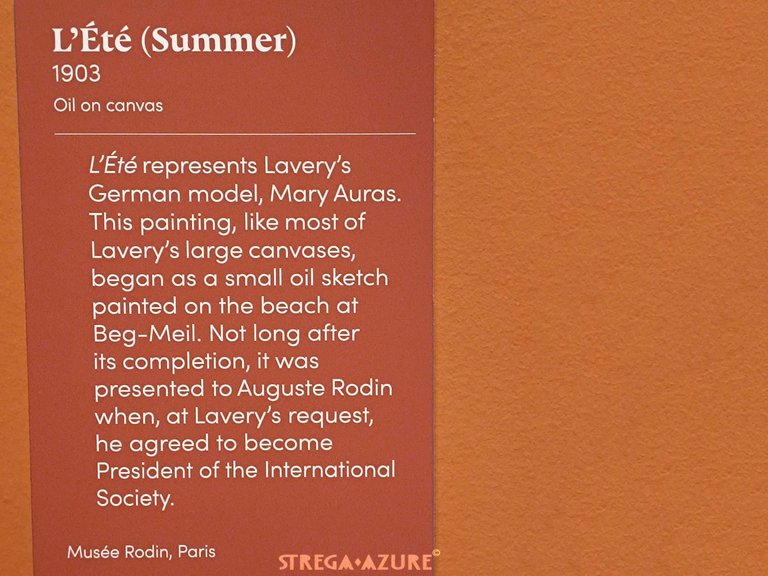

Summer On the Cliffs at Pourville, 1901 - 02, oil on canvas, private collection
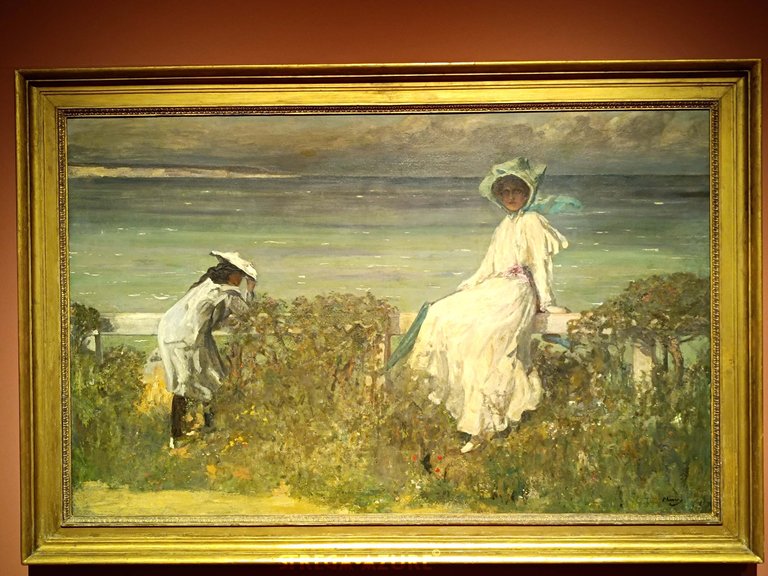
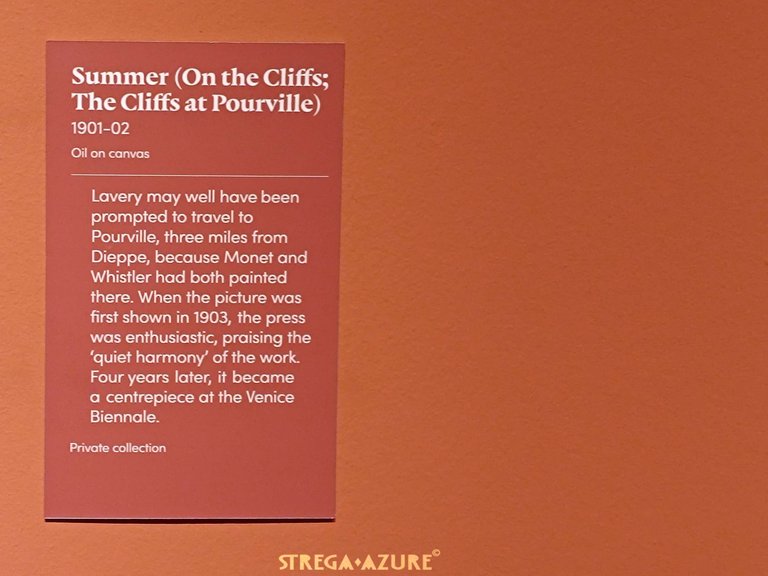

The Bridge at Grez, 1901, oil on canvas, Ulster Museum, National Museums NI
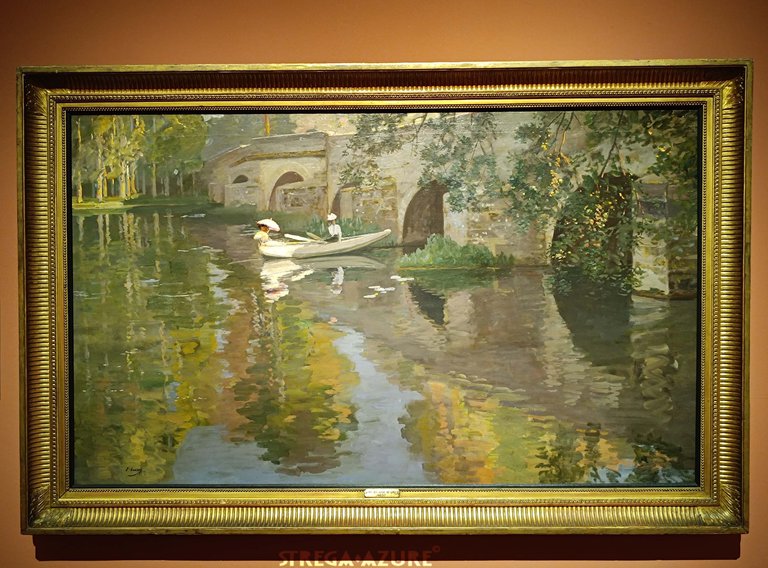
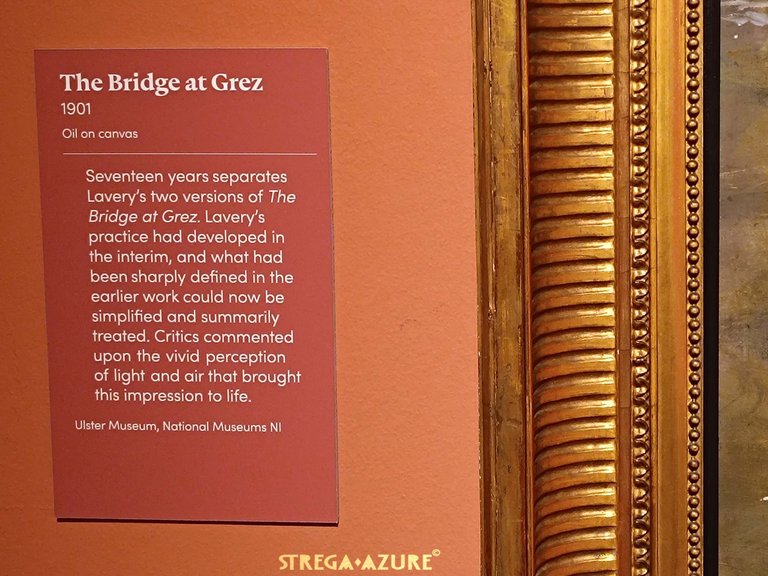

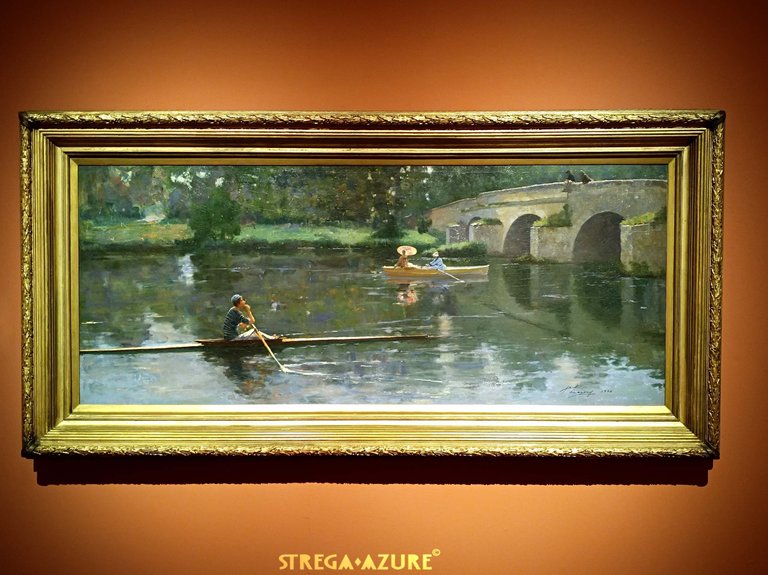

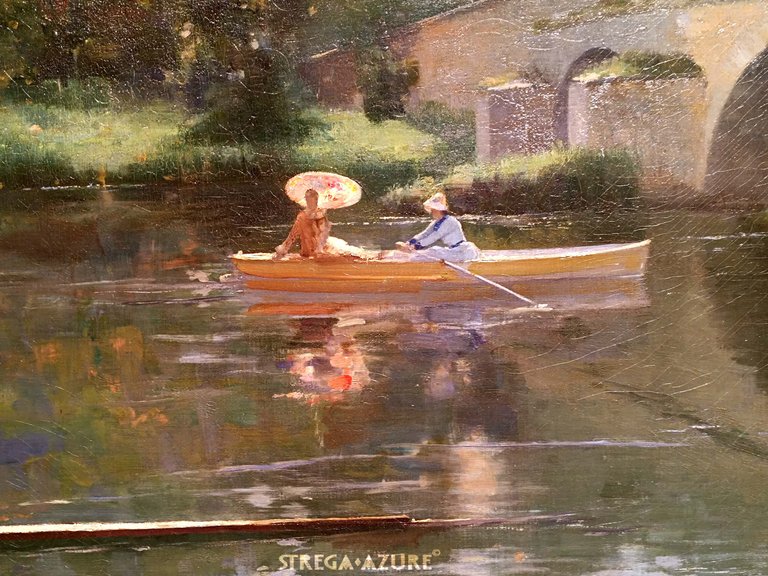
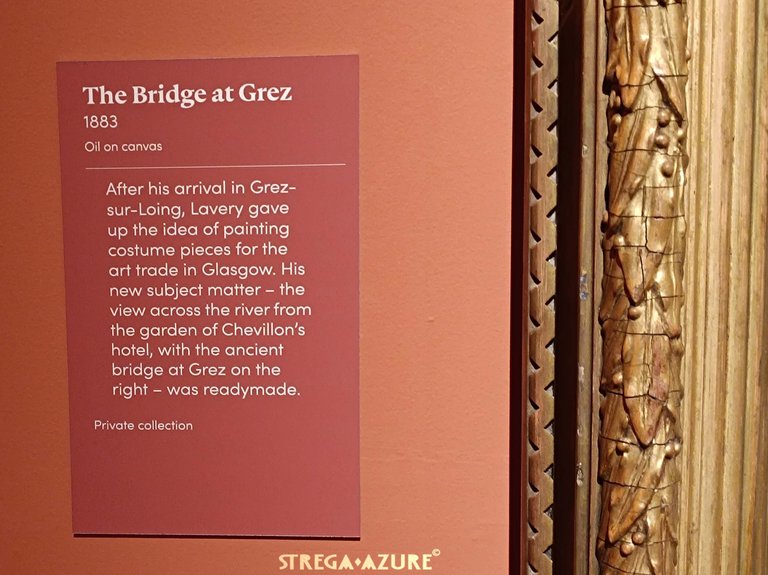

The Blue Bay, Mr Churchil at the Rivera, 1921, oil on canvas, private collection

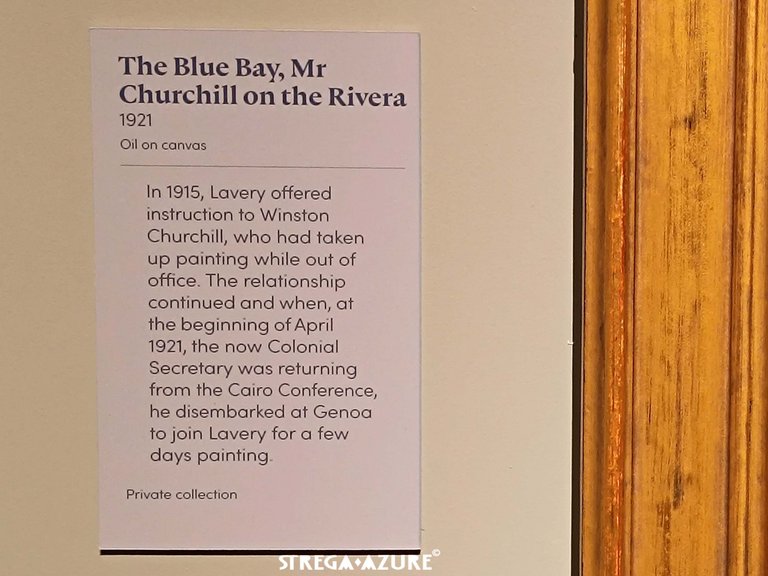

The Cementery, Etaples, 1919, oil on canvas
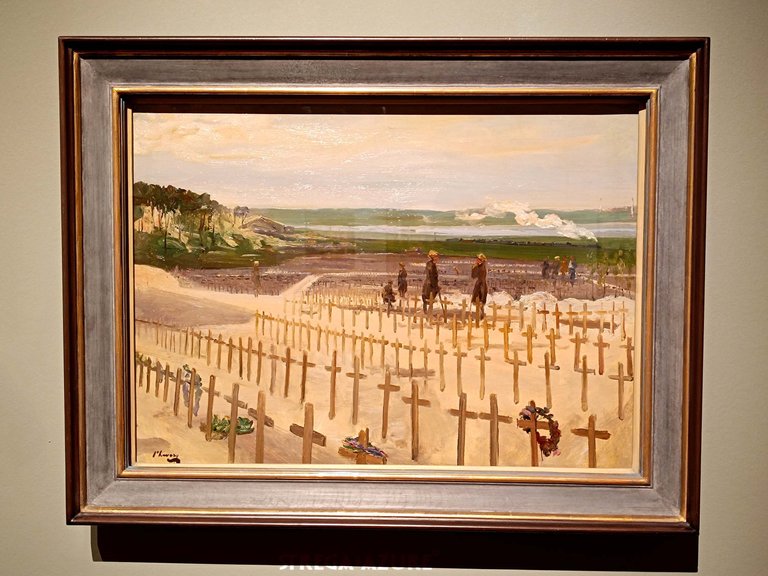
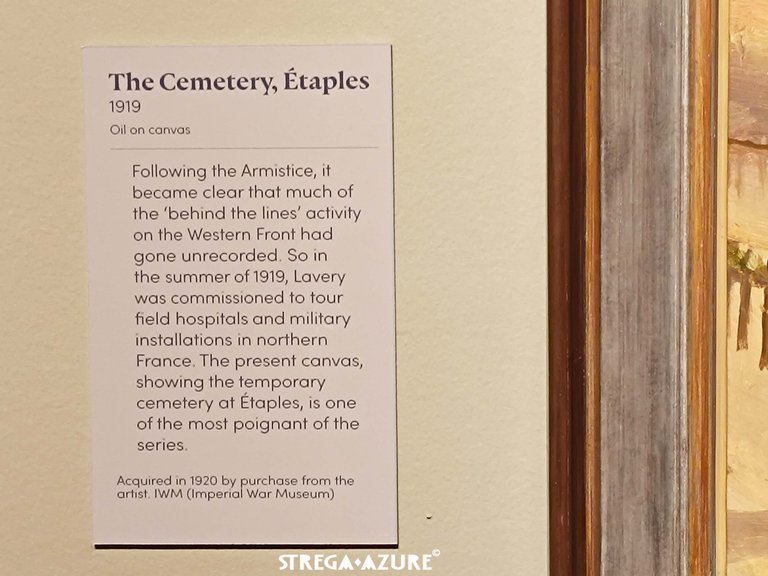

Lord Duveen of Millbank at Home, 1936, oil on canvas, Ferens Art Gallery, Hull Museums
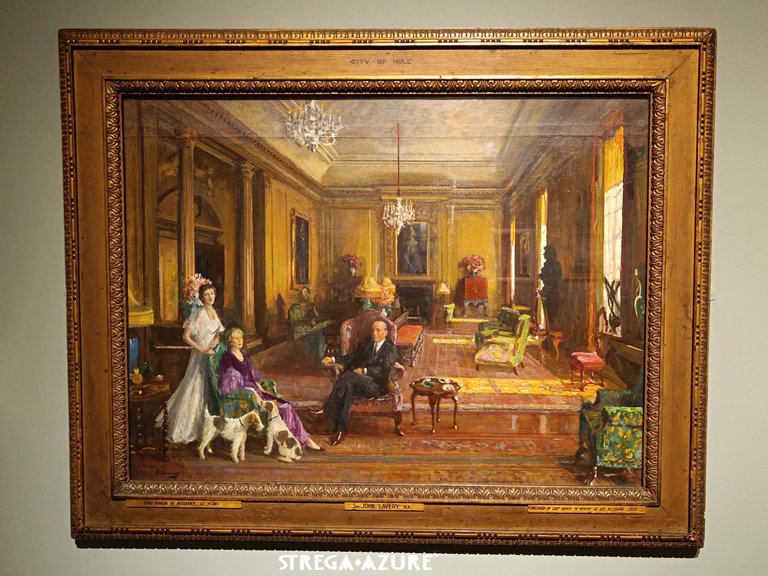
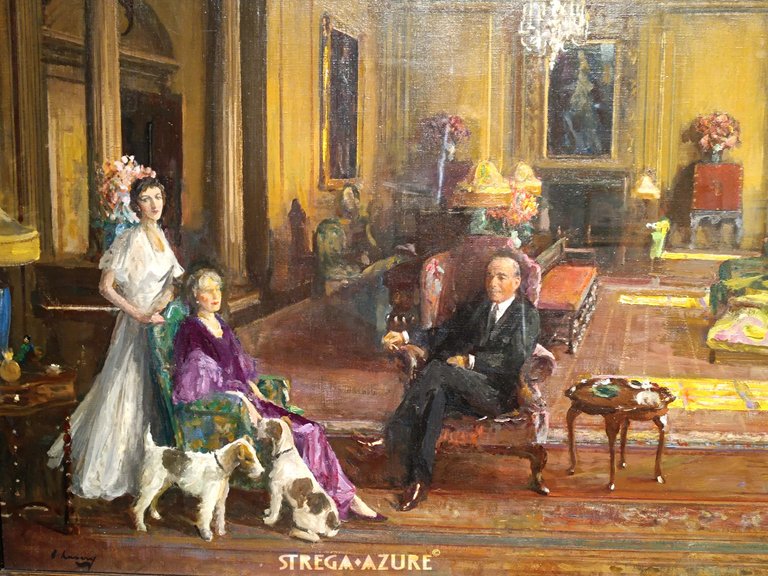
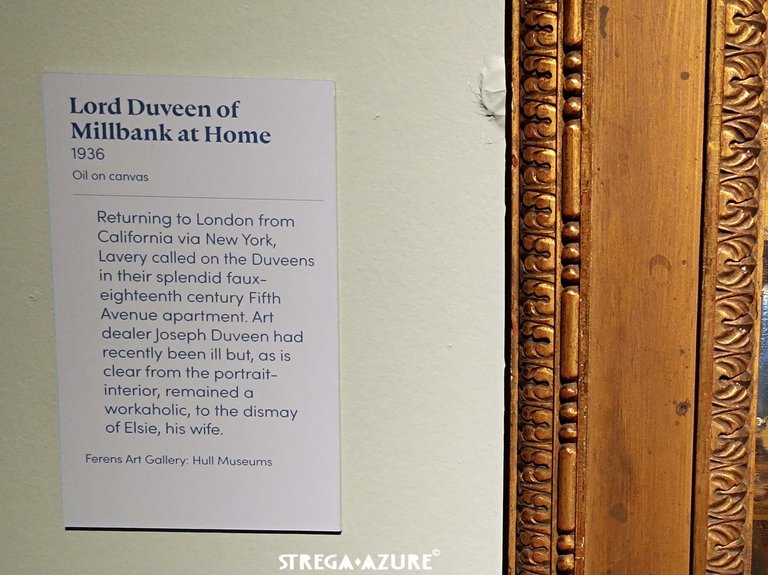

Daylight Raid The Studio Window 7 July 1917, 1917, Ulster Museum, National Museums NI
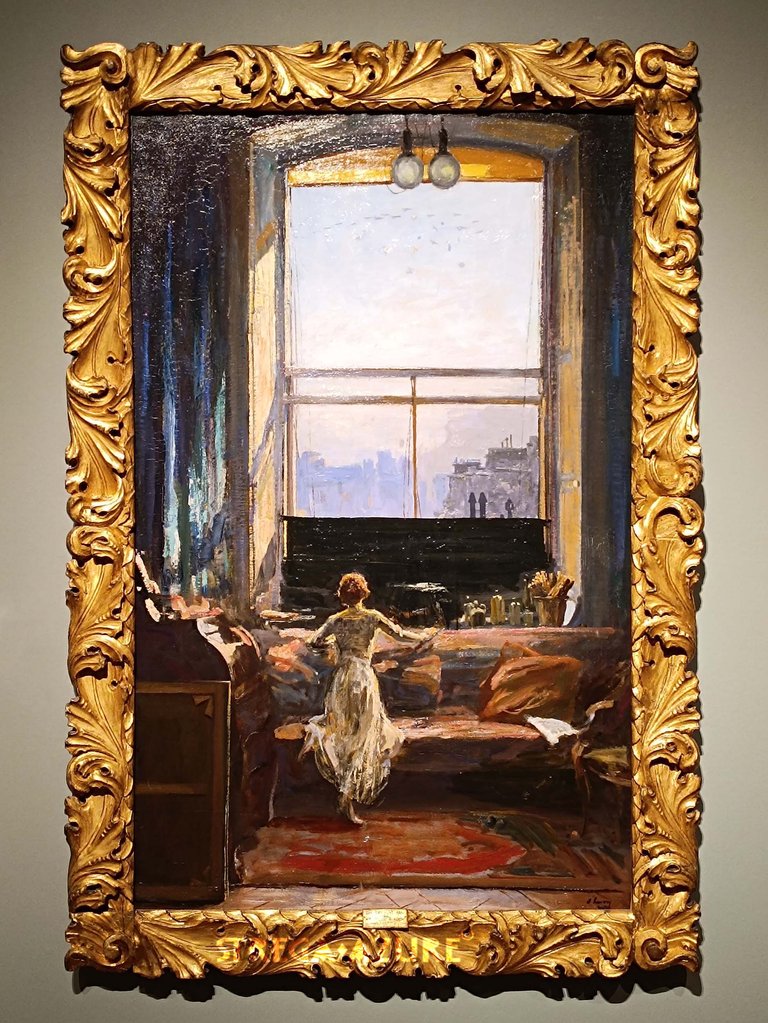
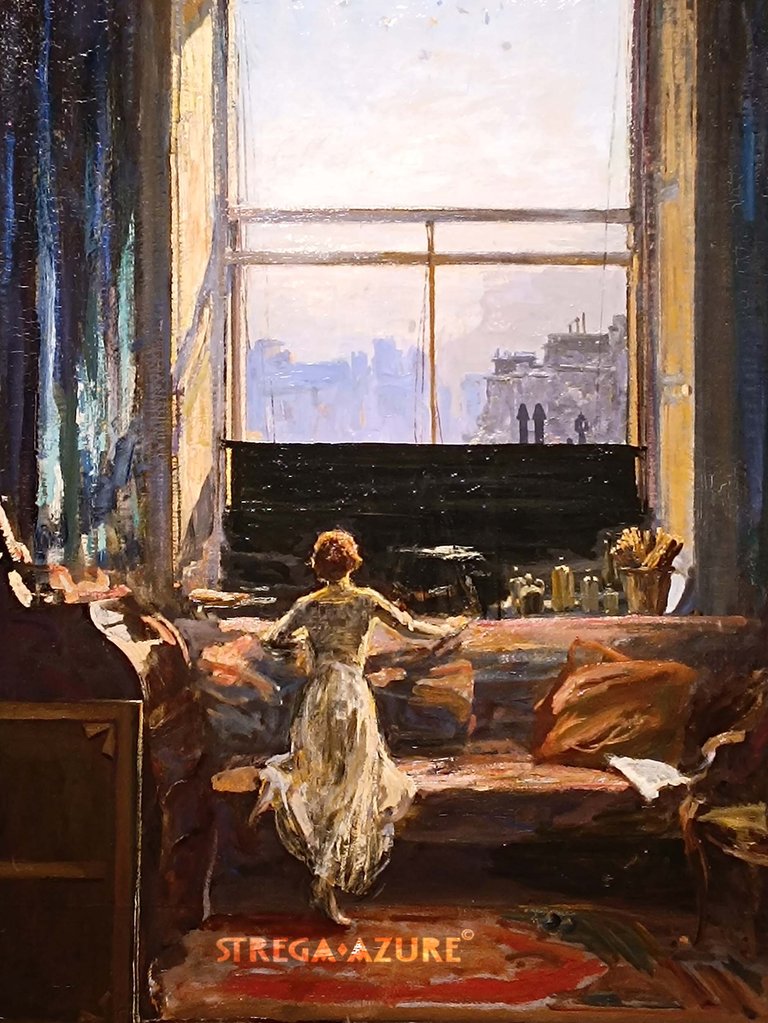
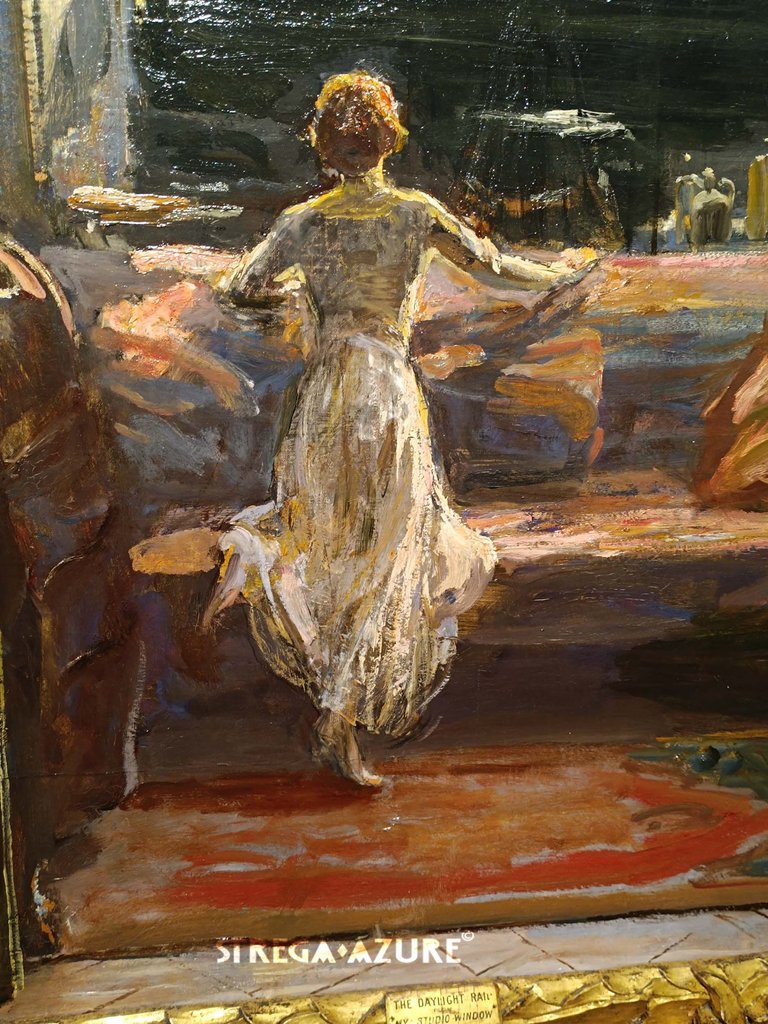
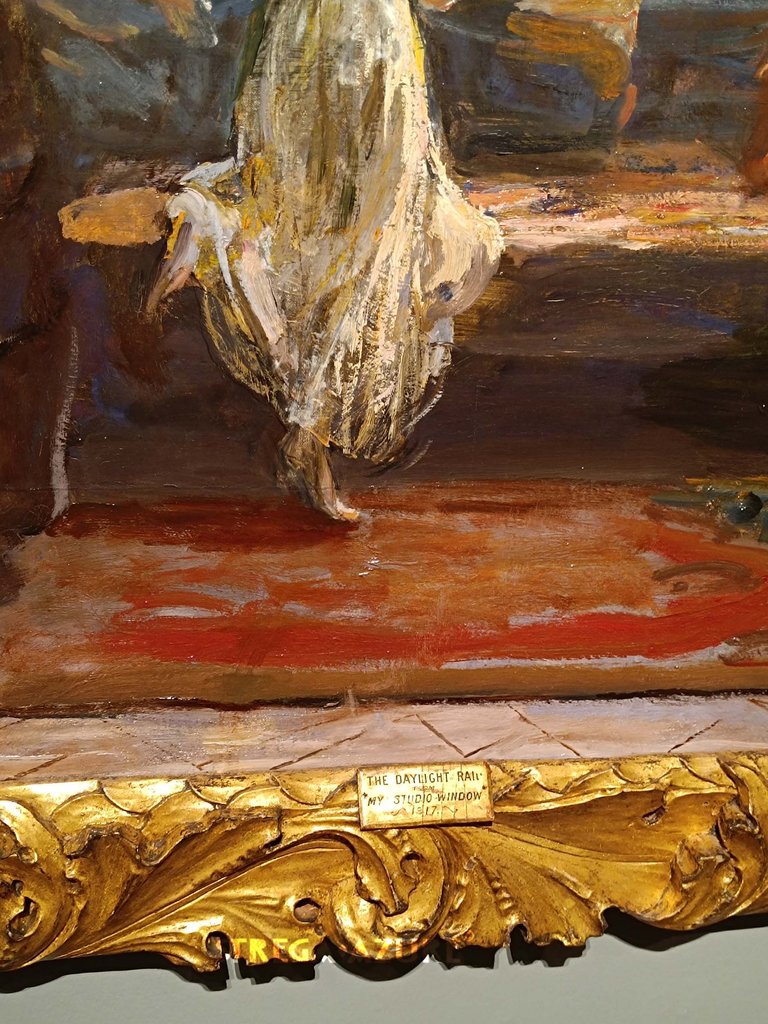
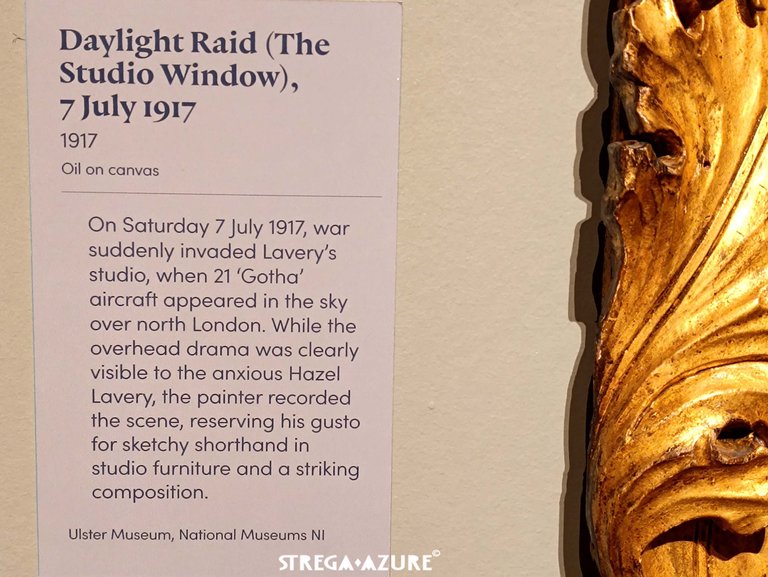

St. Patricks Purgatory, 1929, oil on canvas
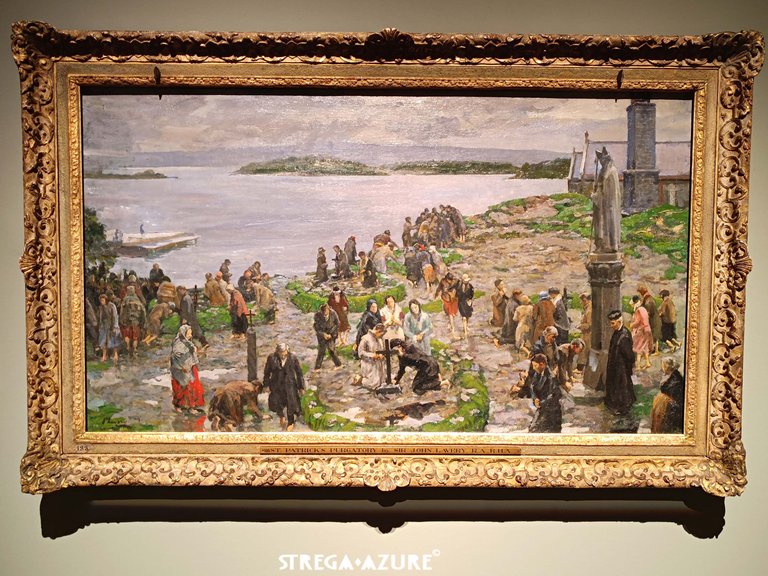
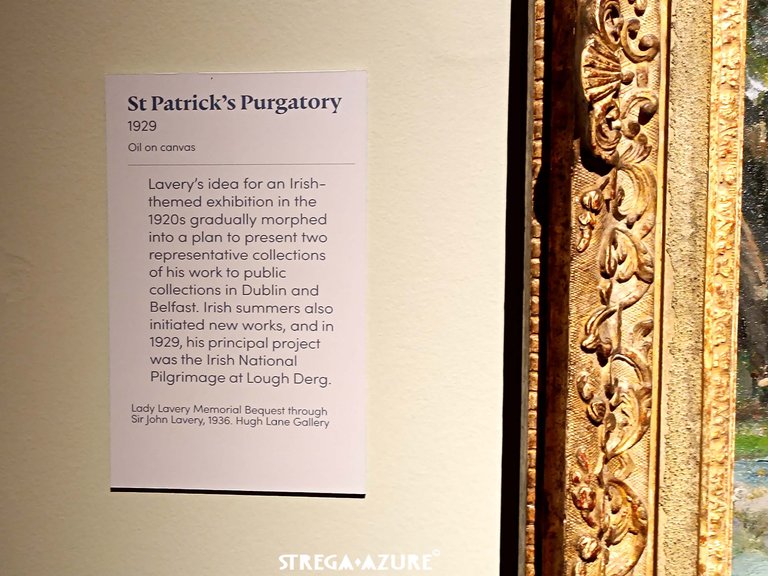

Phil the Fluter, 1924, oil on canvas, private collection

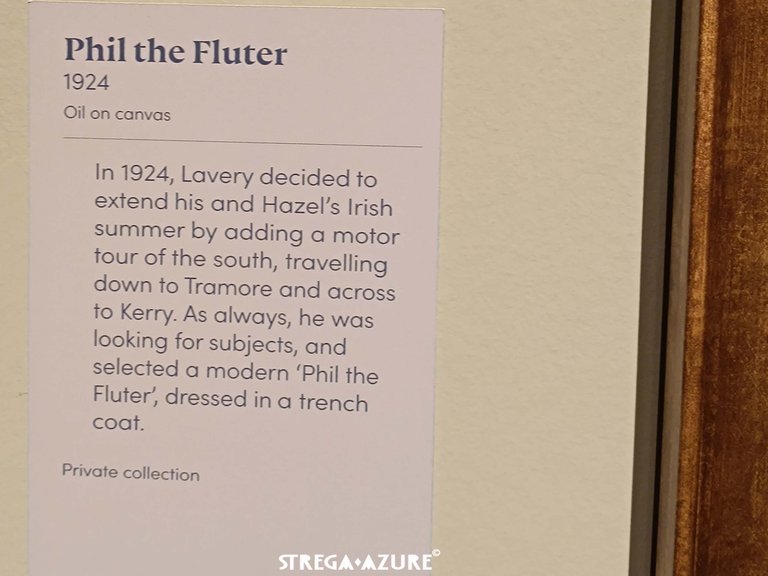

Twilight, Lake Geneva, 1914 - 25, oil on board, Ulster Museum, National Museums NI
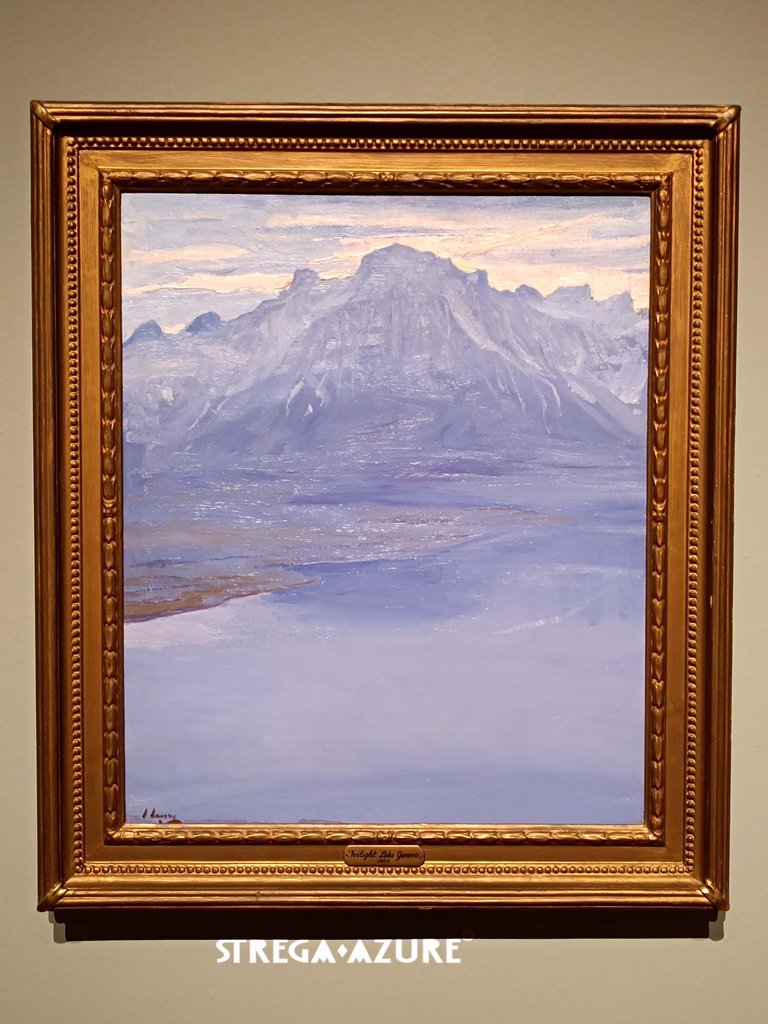

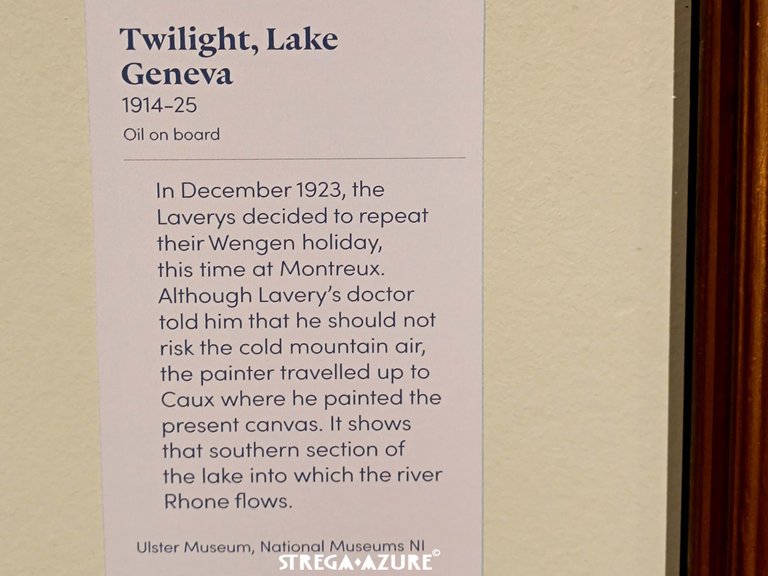

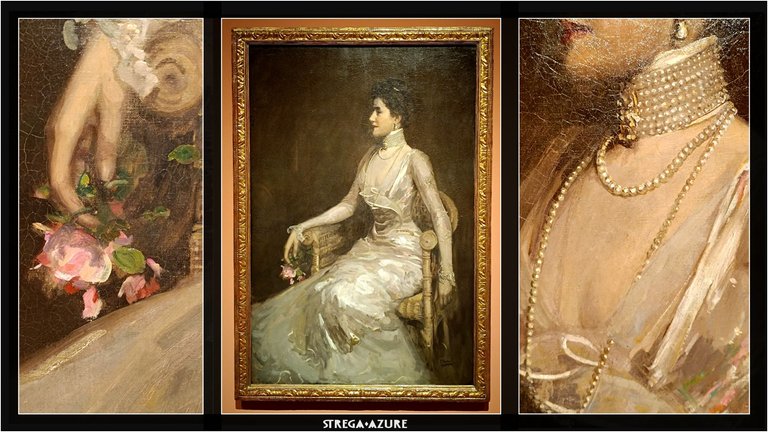

All pictures are my authorship if not stated otherwise.
All rights reserved @strega.azure ©


All rights reserved @strega.azure ©


